After walking 100km from the English Channel to the Bristol Channel, we went on a three day canoeing and camping trip down the River Wye on the Wales/England border. In some ways, this was an extension of last year’s walk across Wales. We hired a canoe from Wye Valley Canoes and paddled from Glasbury to Hereford, staying overnight at Whitney Bridge and Preston-on-Wye campgrounds. Here's what I learnt.
It’s easier than you might expect . . .
Turns out, canoeing downstream is (or can be) pretty easy and pretty speedy. The river carried us along without much effort on our part and we covered the 10 miles in about 4 hours each day. In fact, the first day went so quickly we hardly bothered with paddling after that. Instead, we left our campsites late, noodled around on beaches for leisurely lunches and cups of tea, and slipped silently past hills, woods, farms and fields. One highlight of many was our view of The Weir Garden - we stopped opposite and had a chat to a few people across the river.
. . . But the wind can be a pain in the proverbial
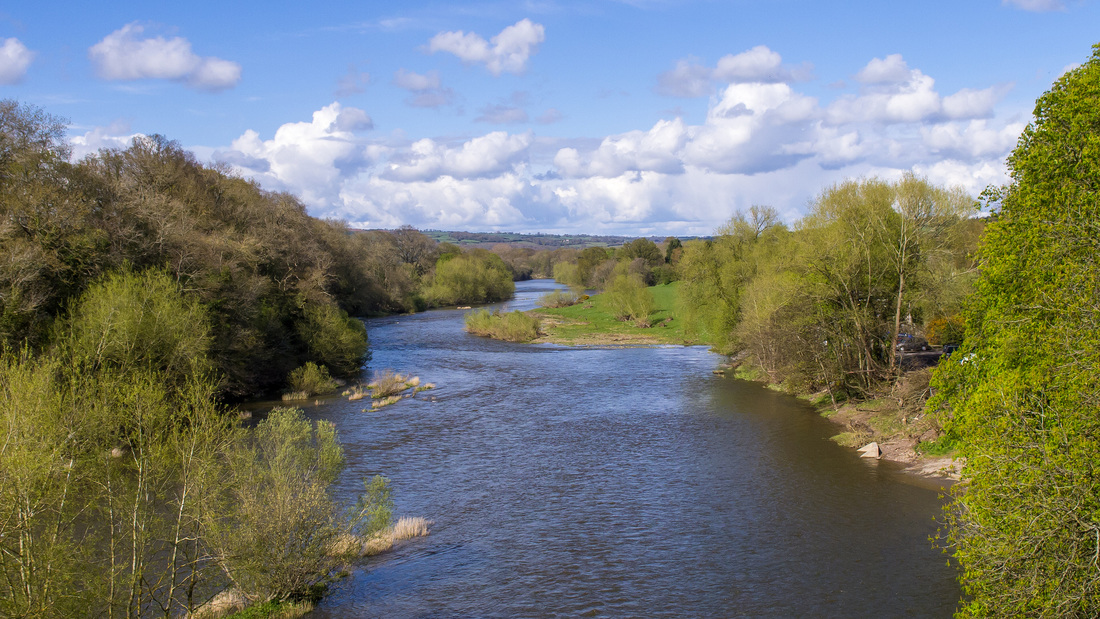
Literal pain in the butt: also a possibility
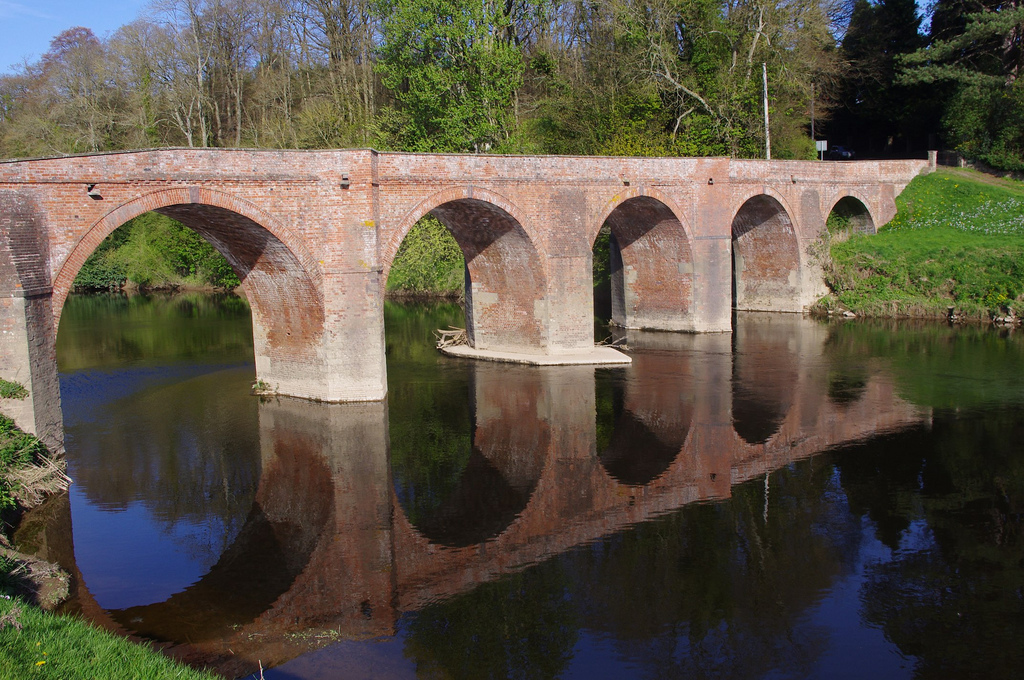
Shut up, chill out
We spent hours on flat stretches of river, view restricted to the sky, the banks and a few things tall enough and close enough to be visible over the edges. It’s hard to get lost going downstream, but it’s easy to be unsure where you are, especially if you don’t have much of a map and your phone’s tucked safely away. Added to that feeling of nowhereness, it sometimes seemed like we weren’t moving at all. If we looked at the water straight ahead of the canoe, we might as well have been motionless. The only way to check we were heading anywhere was to look sideways, at the trees and flowers and grass on the bank. I used to look out the car window as a kid and pretend I was in a stationary bubble while the world moved past. It was easy to play that game on the river.
In these elongated minutes, I tried accepting each moment as it arose: boredom, the tug of the current on the boat, the direction of the wind, the little itches and aches in my body, the sound of bees and the smell of Himalayan balsam, the sand martins darting in and out of their small round holes in the river bank, my wet feet, the scent of river mud, the electric shimmer of a kingfisher darting low over the water.
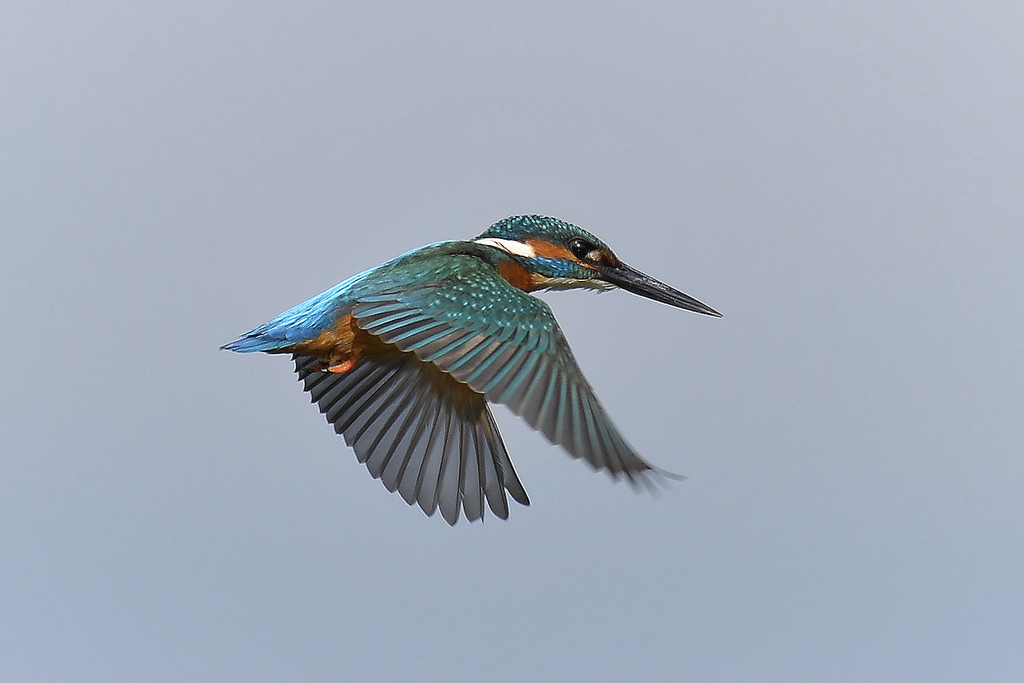
Don’t drink and paddle
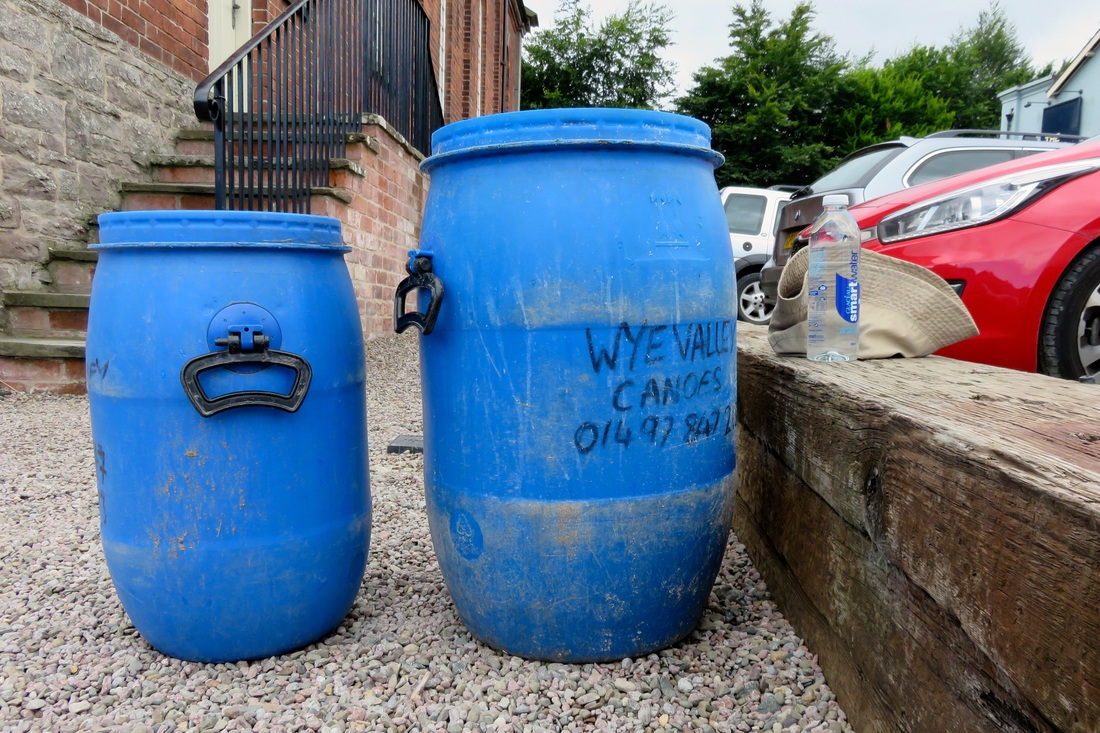
Rapids are fun
I needn’t have worried. The river was deep enough that we weren’t likely to get stuck, shallow enough that (for the most part) we’d be able to stand up and walk out of danger if we capsized. Once we got the hang of things and stopped worrying, we actively looked forward to the riffle stretches: lining ourselves up for the most likely-looking spot, noticing the current grip us a little tighter and the canoe speed up, then feeling the distinct descent as we crested the first lump of water, enjoying the rocking motion through the wavelets, digging in the oars and maneuvering the canoe into the turn at the other end.
There was only one point, at Monnington Falls, that required any significant steering through the rapids. And it was so fun, I wished we could go back and do it again! Whee!
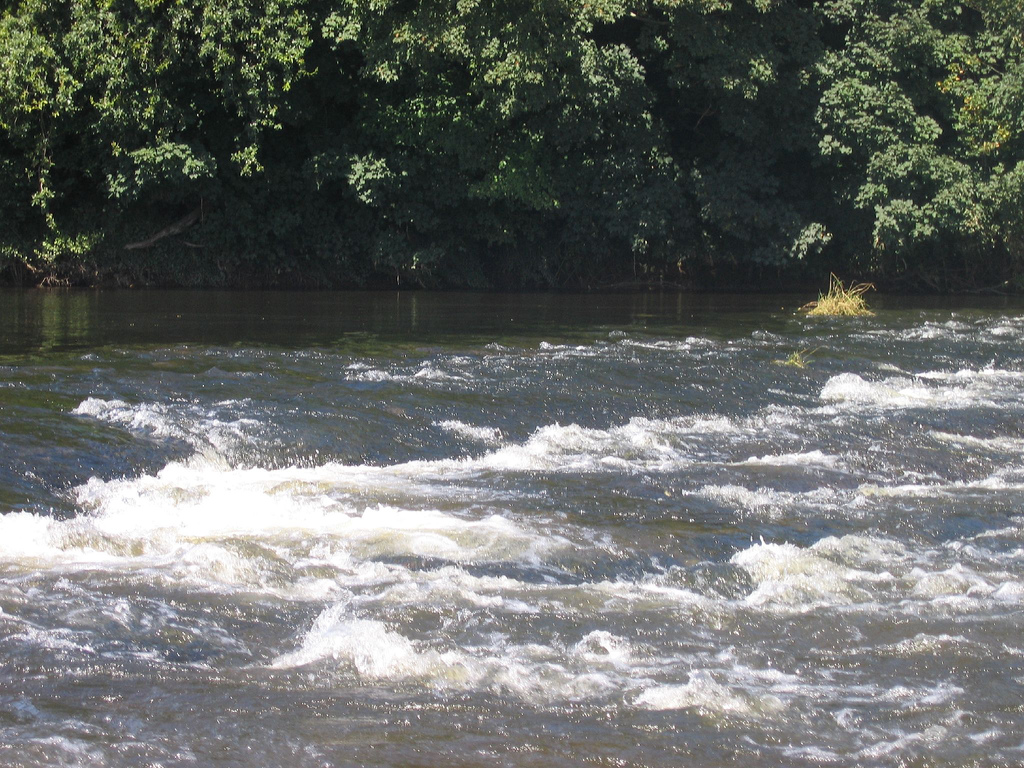
Just because I can’t do it now doesn’t mean I can’t do it
It was good to begin something with very little experience, to go out without anyone to guide us or fall back on, to get frustrated at myself (and Dan - sorry, Dan!), but to gradually gain confidence and to noticeably improve over a relatively short period of time. Unsurprisingly, we were a much better canoeing duo when we hopped out opposite Hereford Cathedral than we had been when we set out from Glasbury.
Some people are back-of-the-canoe people
But whichever role we took on, the most important thing was communication. It was something that we got better at as we progressed. It’s surprisingly difficult to give coherent directions whilst also focusing on paddling or steering, looking at the scenery, dodging a flotilla of hissing swans and/or bobbing down riffles. It’s harder to say, “There are rocks ahead,” or “Swap sides now,” or, “Turn right!” or “Let’s have a break,” than it is to say “Go, go, go, nooooo!” or “Do the, the, the thingie! No, the other thing!” or “Aaargh!”.
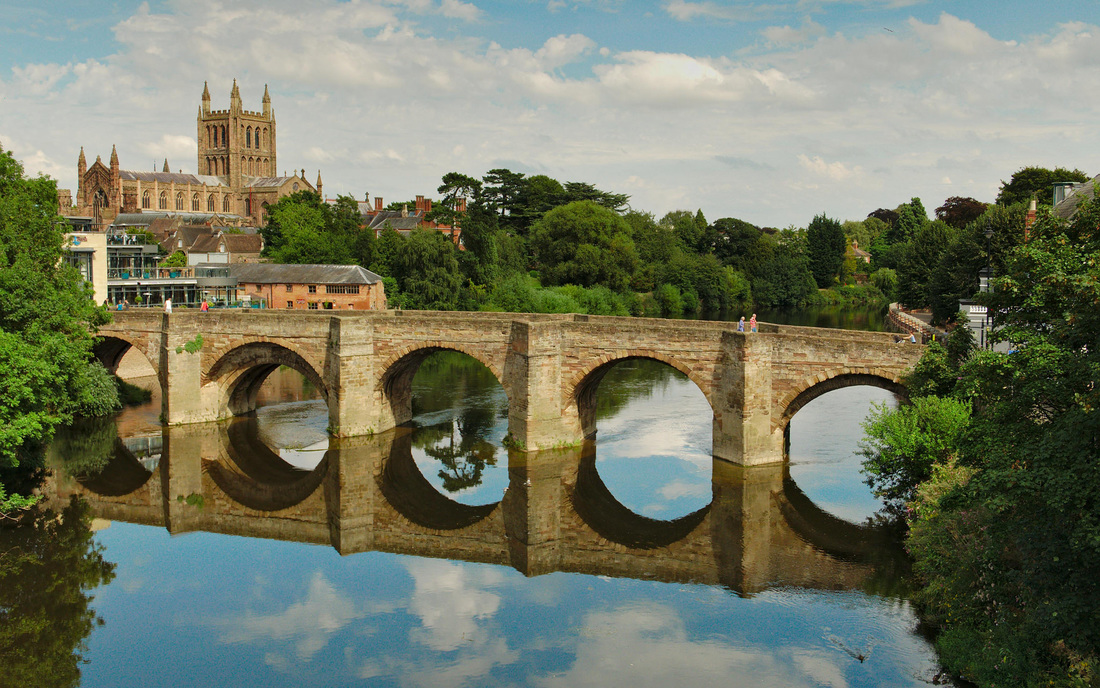
Even experienced paddlers have bad days
Glasses aren’t the only thing paving the river bed around here. The guy who picked us up at the end of the trip was surprised when we said we hadn’t fallen in. He reckons there’s probably a cottage industry in diving for GoPro cameras at the bottom of each rapid. Hearing how many people have lost their cameras in the river made me glad that we’d kept our things ziplocked or drybagged and stored in the barrels - even though this means we don’t have many photos - and none taken while on the water.
You can take the kitchen sink . . .
Although we didn’t bring any luxuries, we did have our Aspect 2.5 tent (which isn’t huge, but weighs almost 3kg), all our sleeping kit, food and cooking gear. This all fit easily into two waterproof barrels - one large, one small. We could have taken more if we’d needed it. Not carrying all that kit on your back makes things a lot easier.
. . . But this campsite brings a cooked breakfast to your tent
In the drizzly morning, we opened the tent to find a tray with a huge flask of hot water, milk, various teas, coffee and hot chocolate all ready to go. In a plastic pocket, an order sheet offered breakfast rolls, omelettes and toast. We ticked the relevant boxes and popped it up to the house - a few minutes later, another tray was ferried over with our breakfast goodies and sauces to boot. If you have never had a hot, freshly cooked breakfast delivered to your tent, I highly recommend you try it. Luxury!
(Our other campsite at Preston-on-Wye was at the opposite end of the spectrum. It was a riverside field with the following facilities: a landing platform, portaloos and a tap with drinking water. It delightful in a totally different way and we had it all to ourselves - except for two curious sheep.)
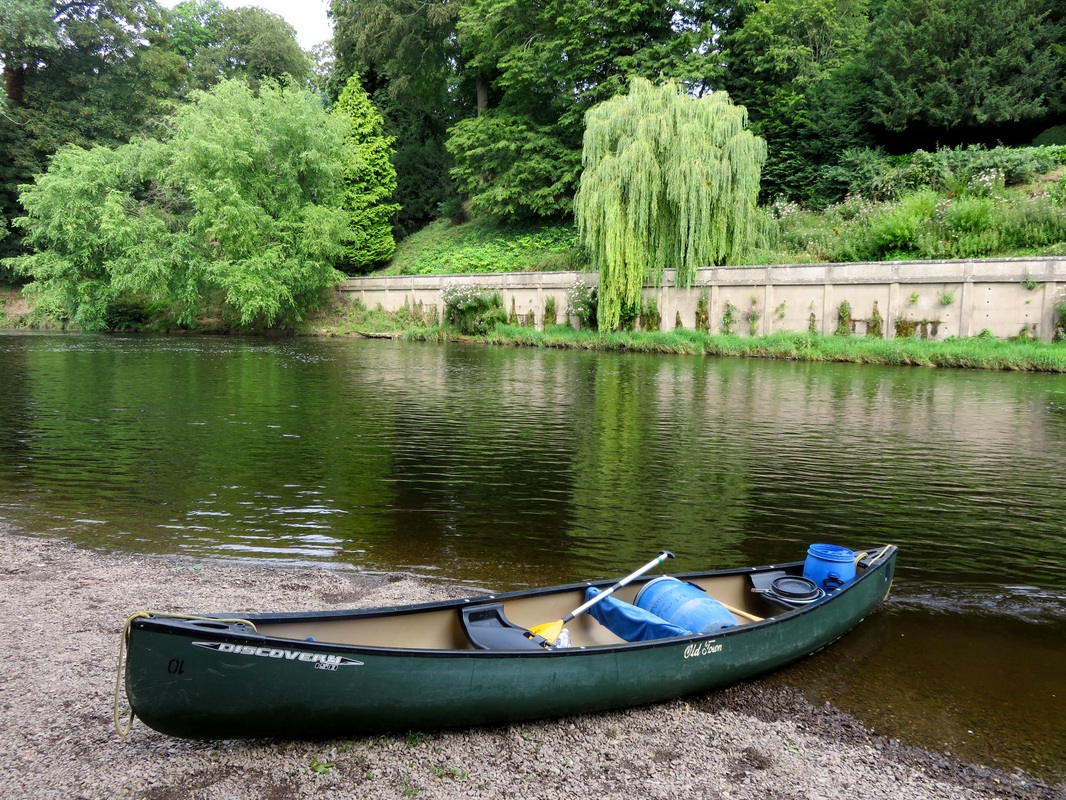
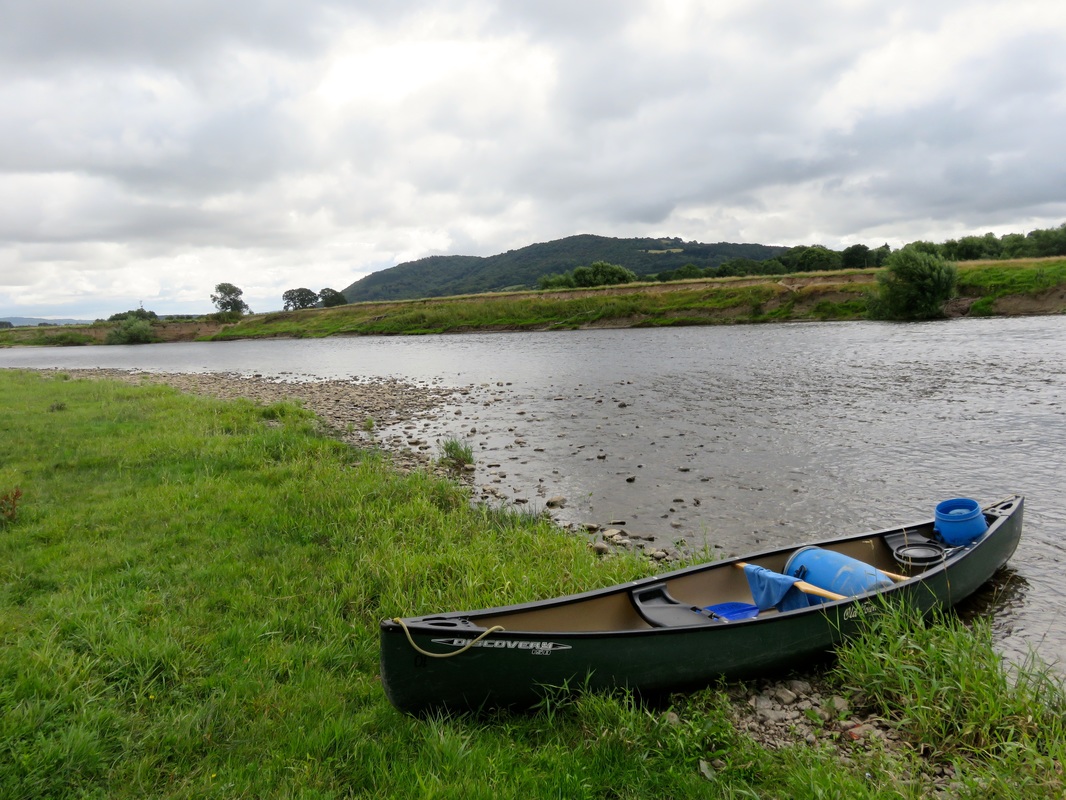
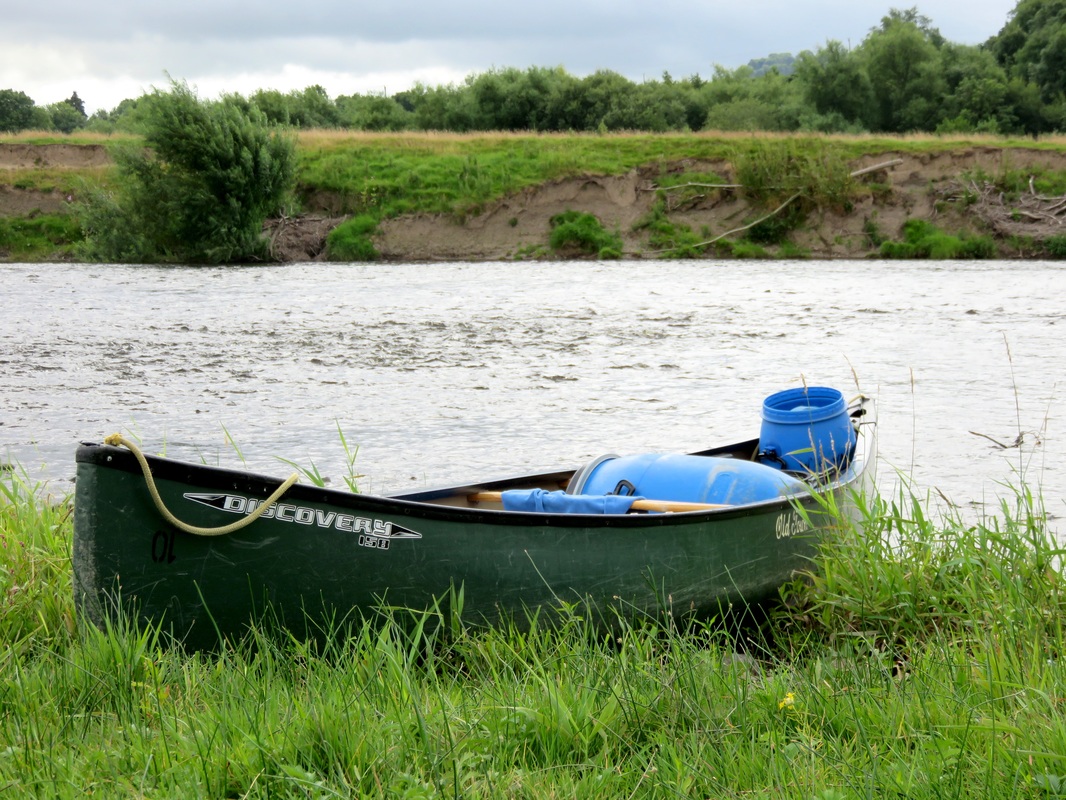
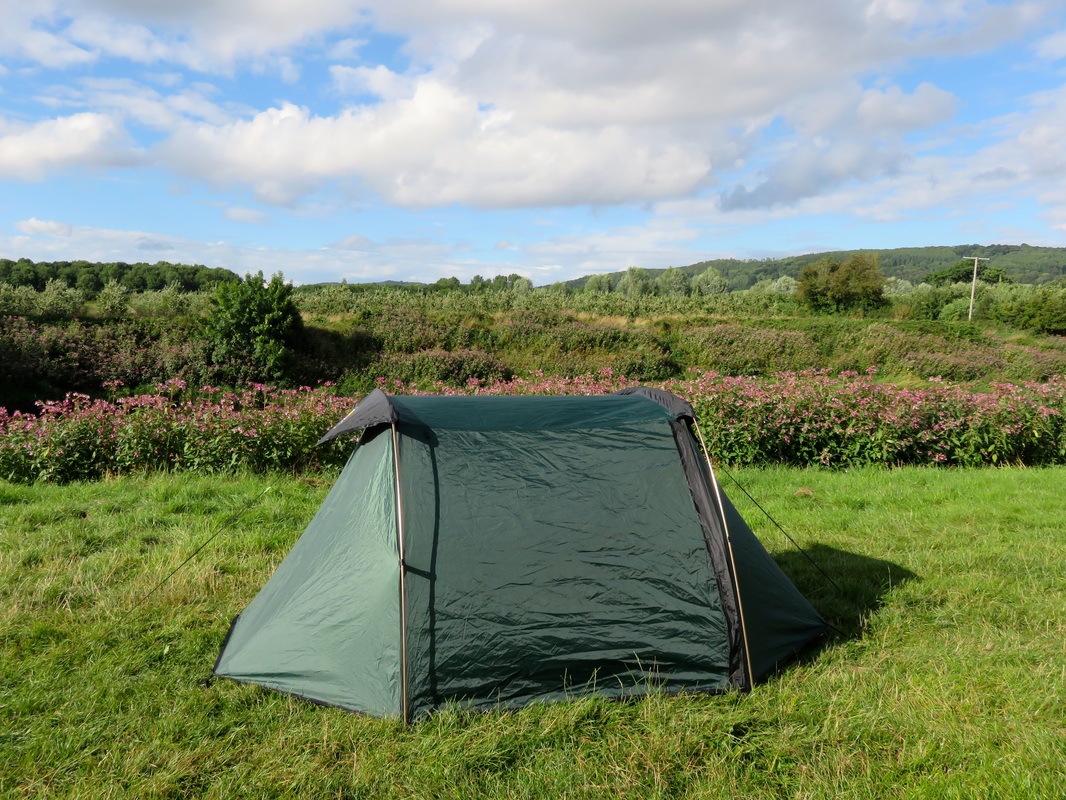
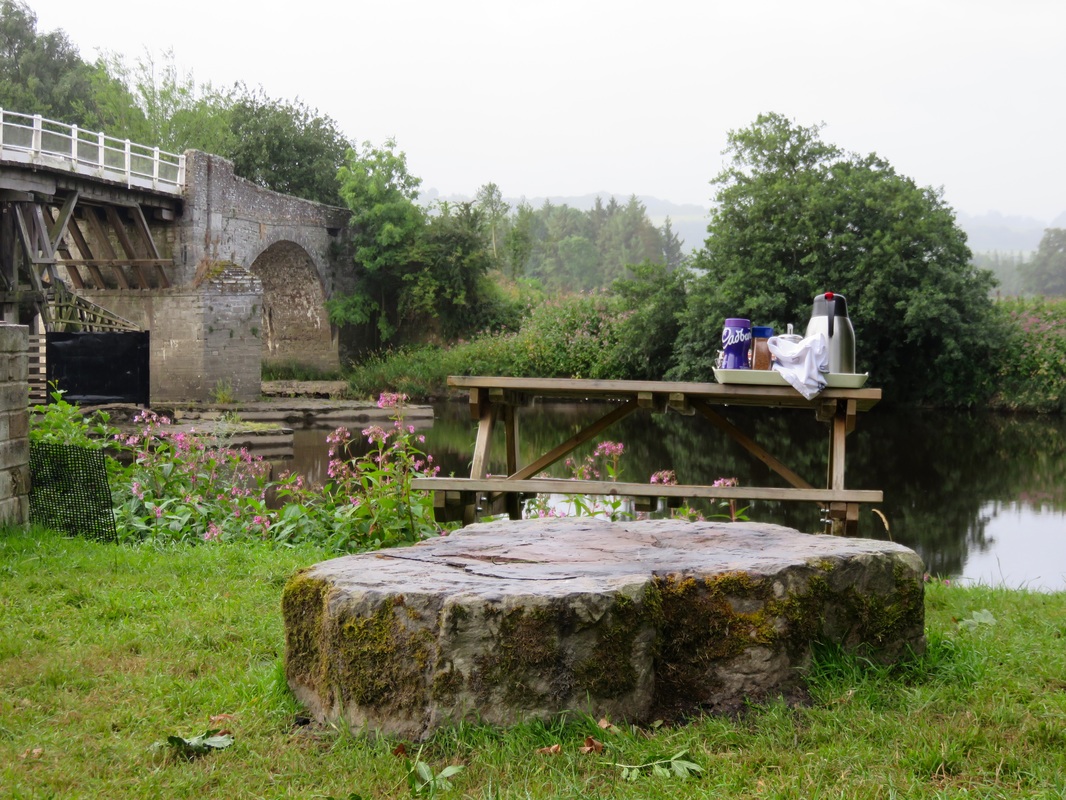
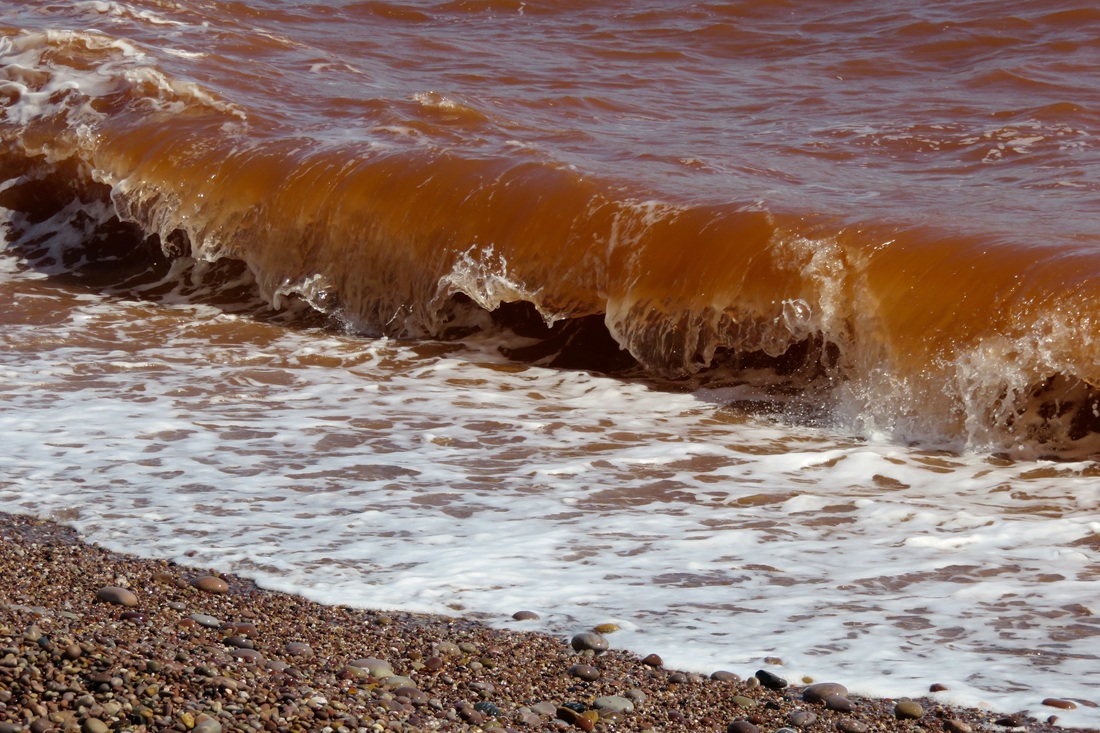
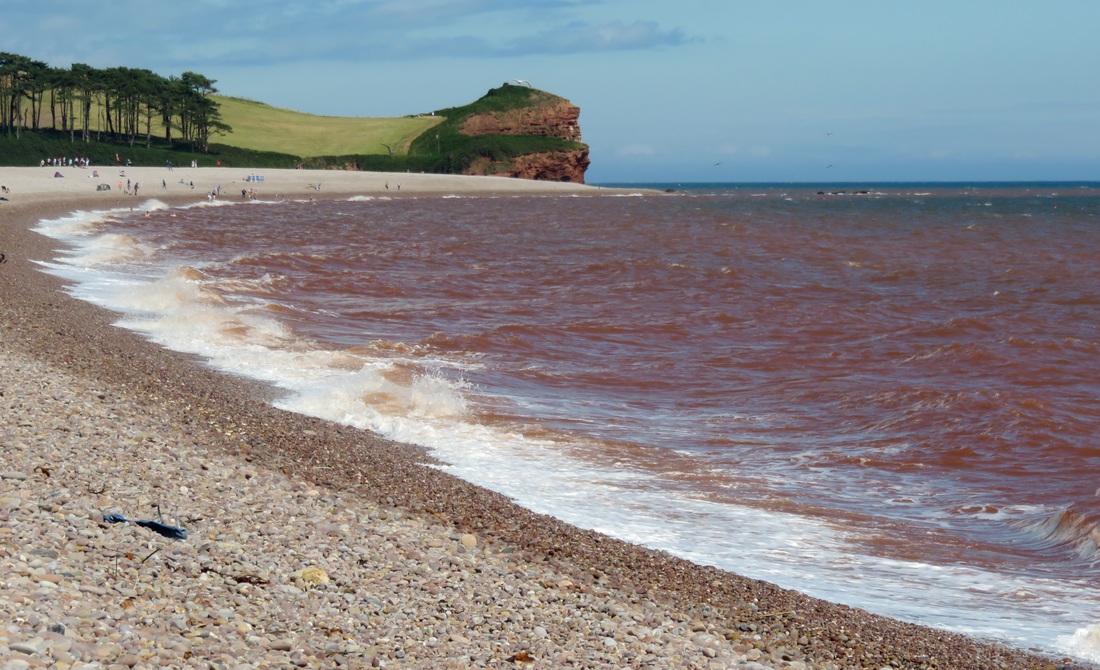
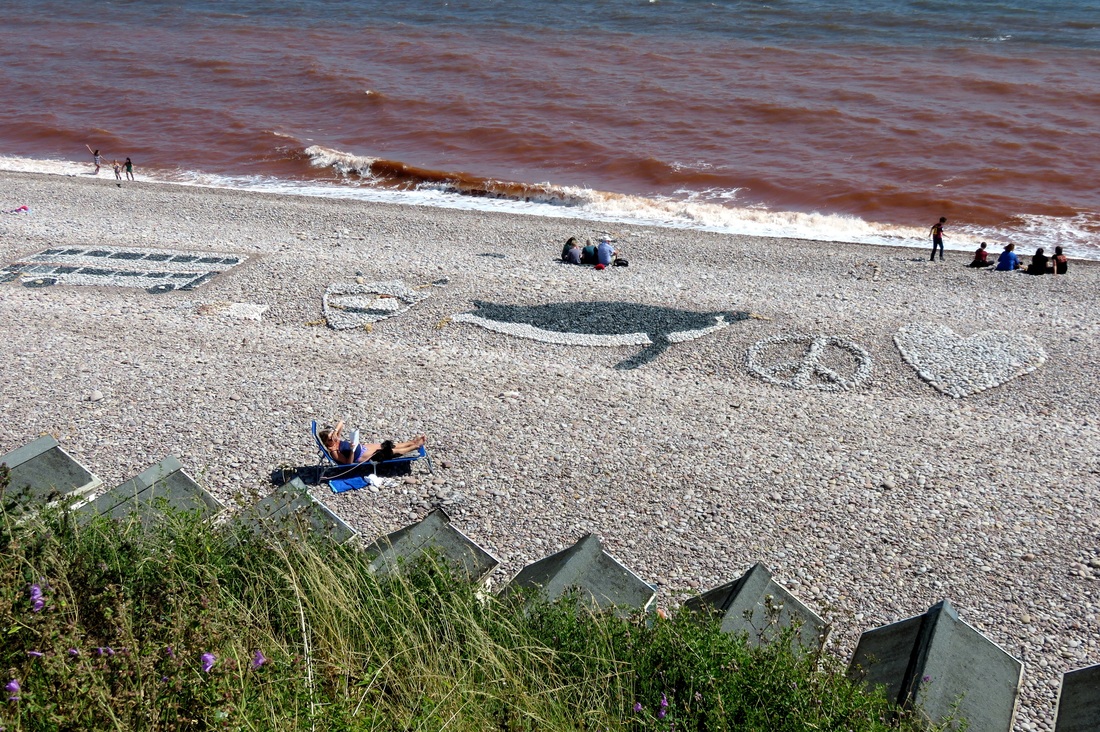
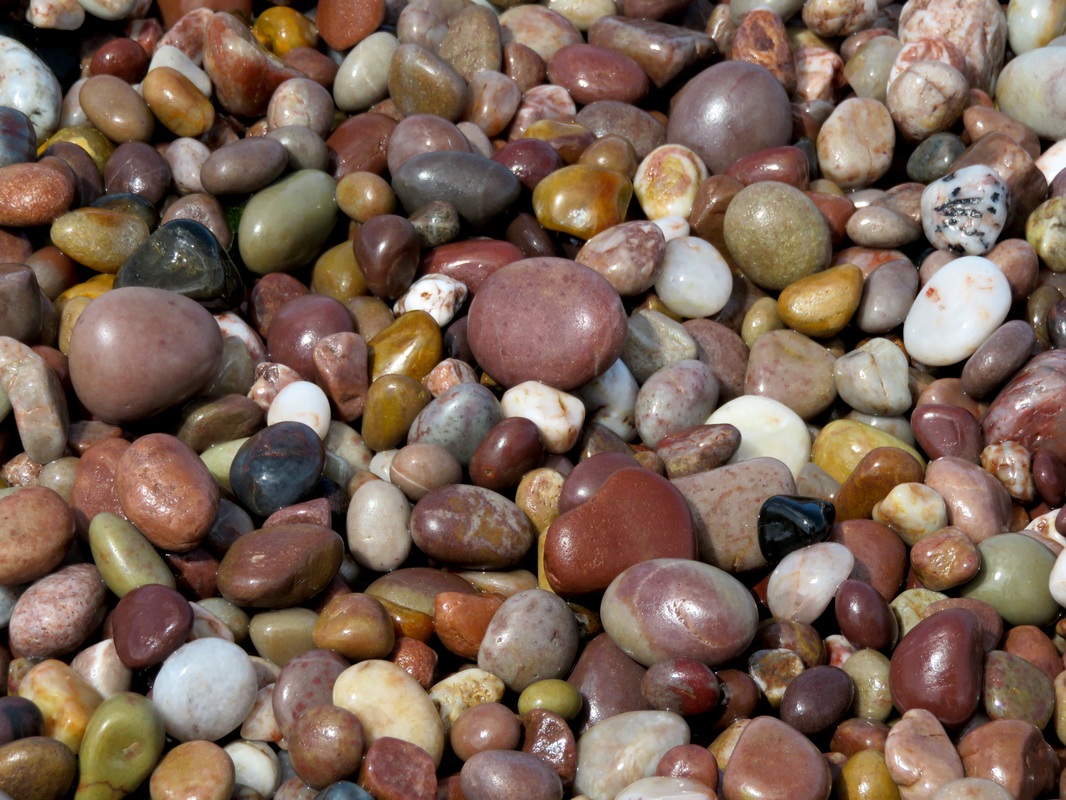
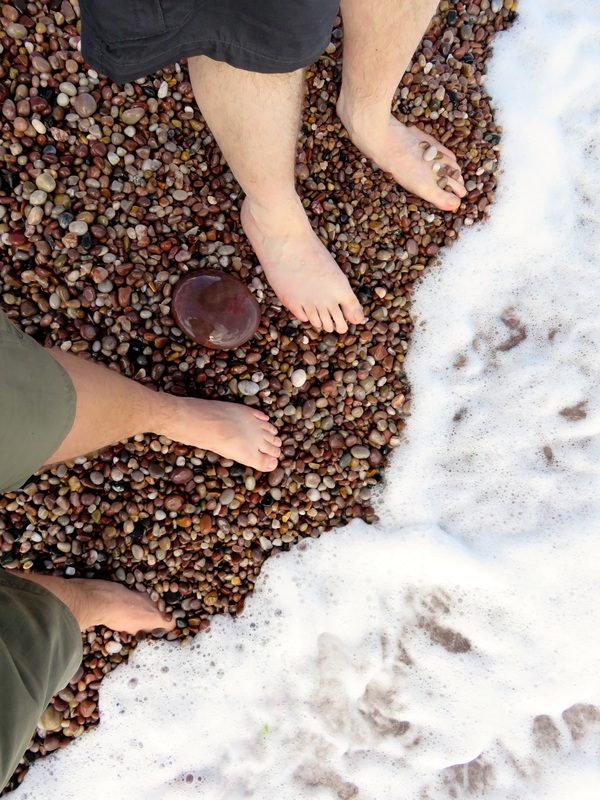
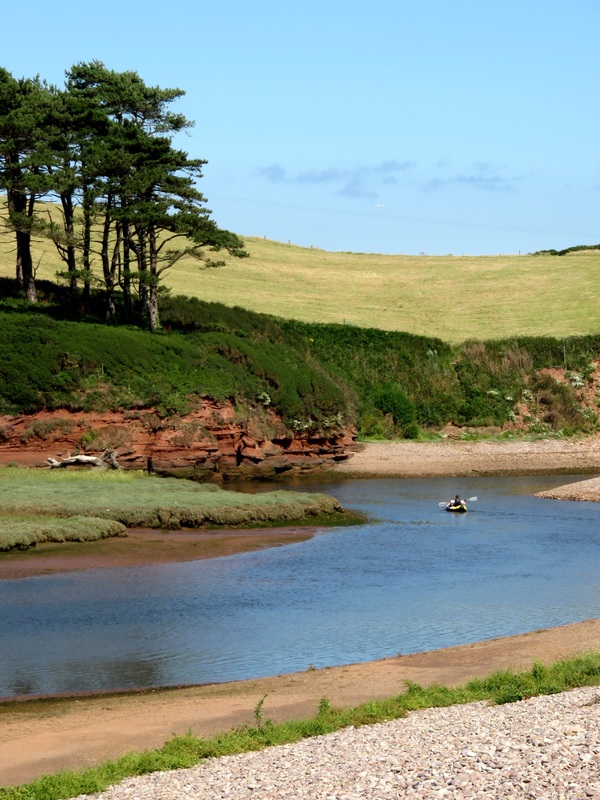
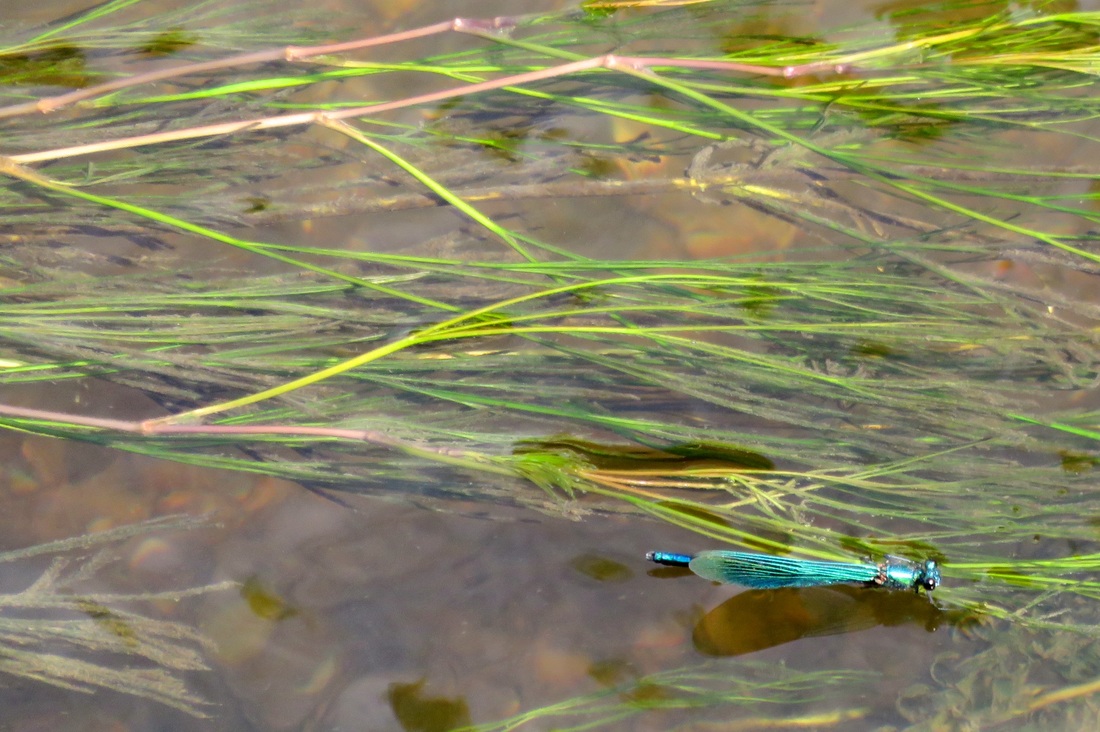
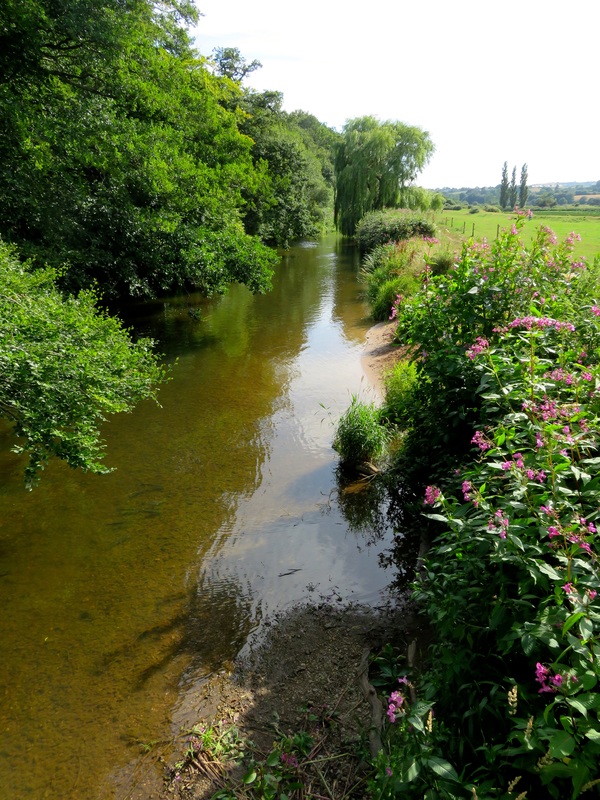
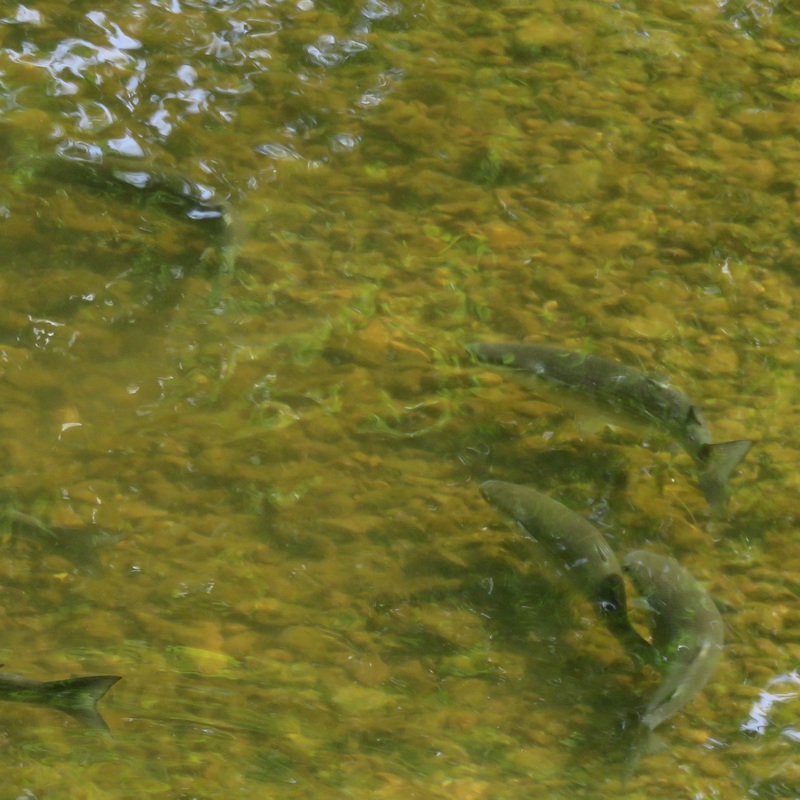
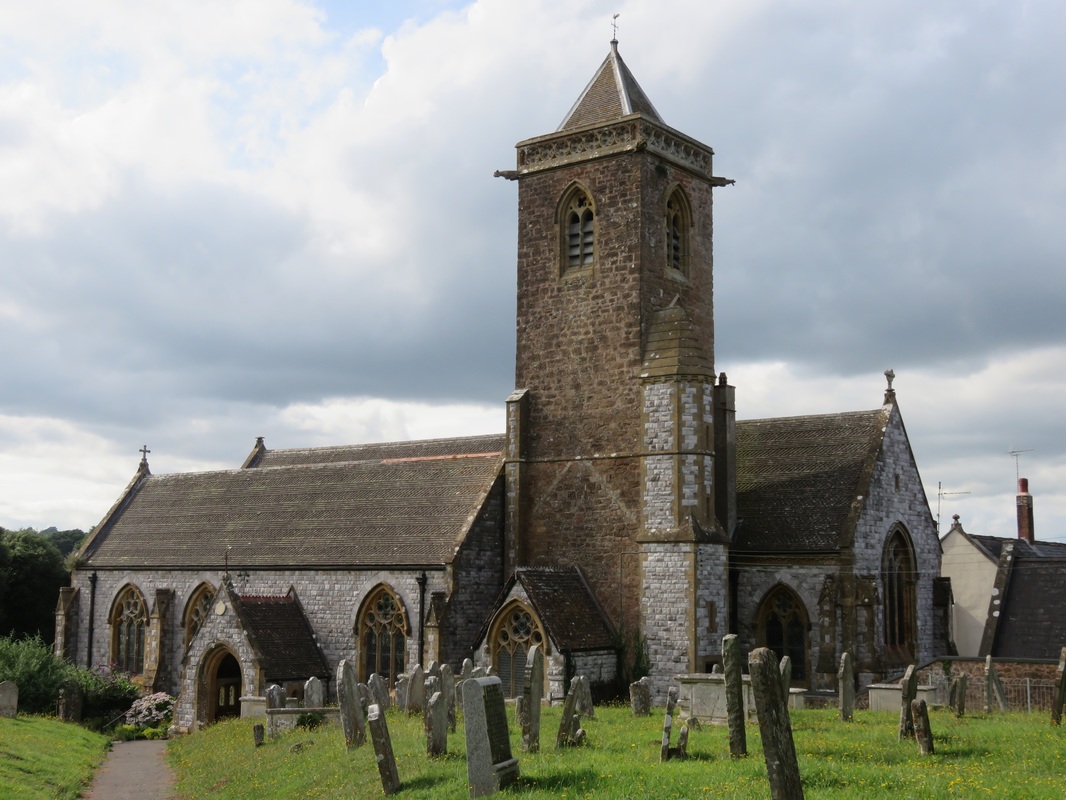
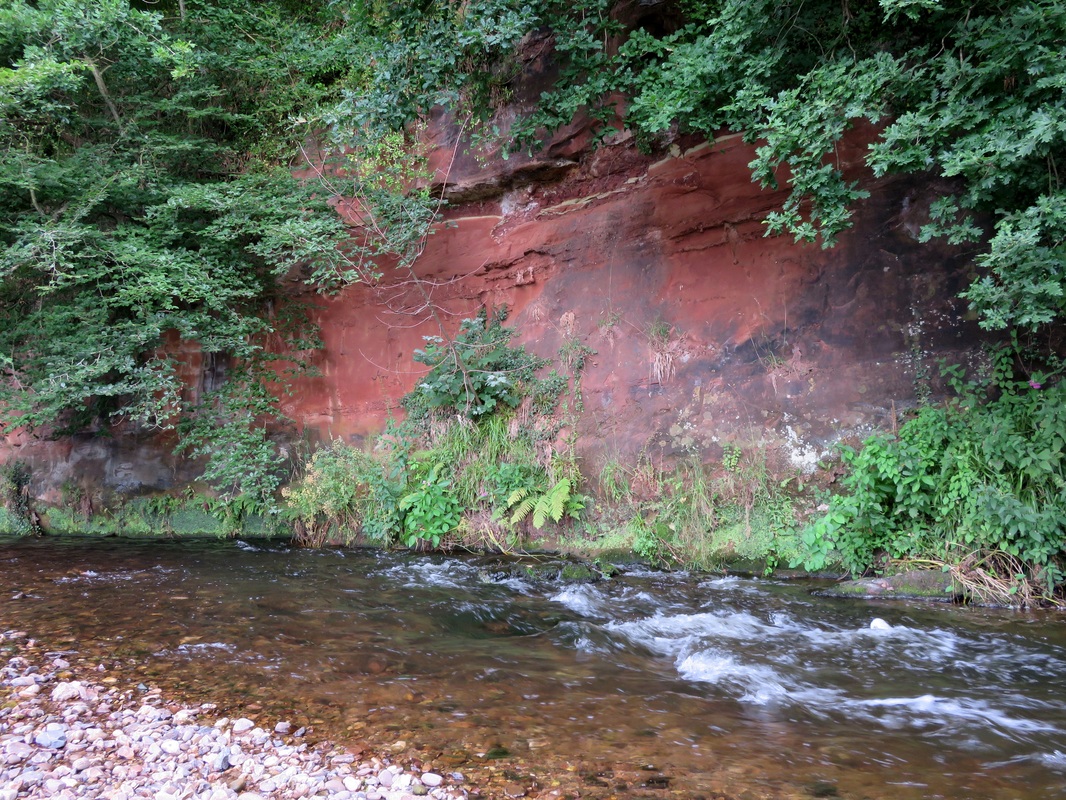
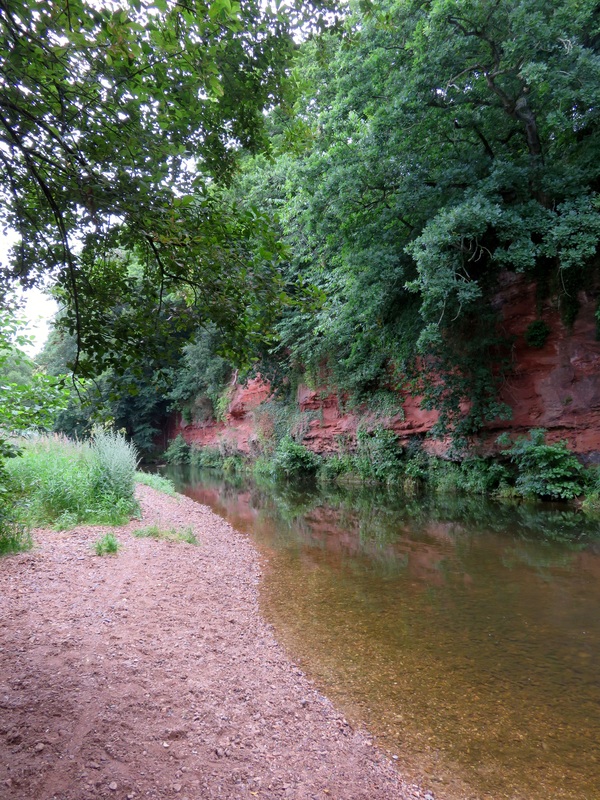
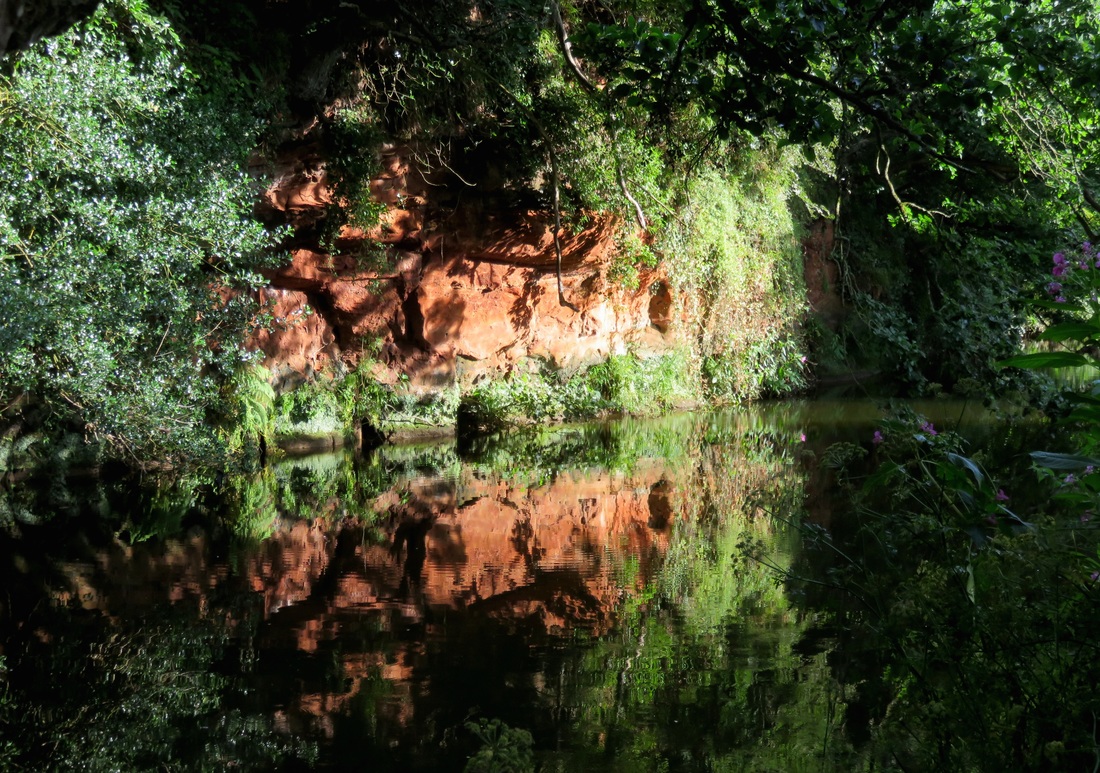
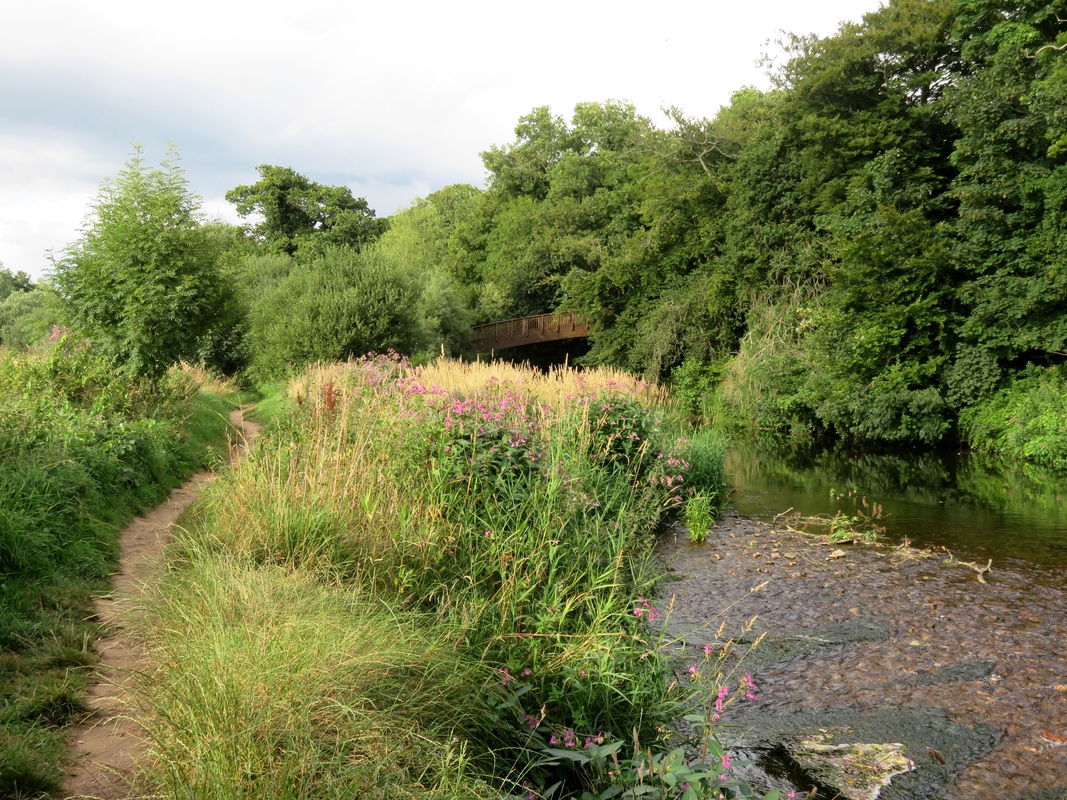
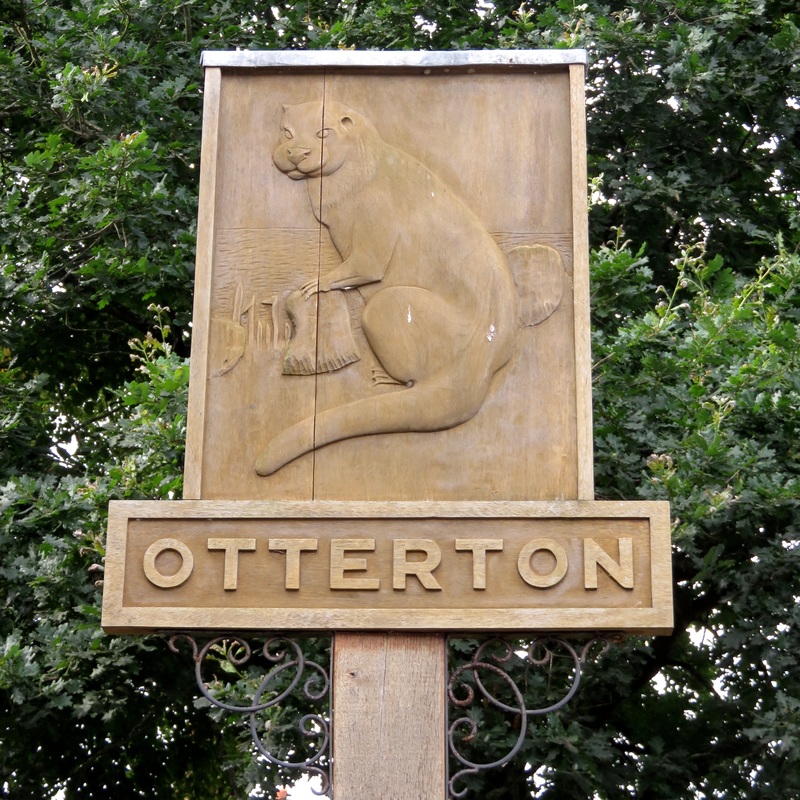
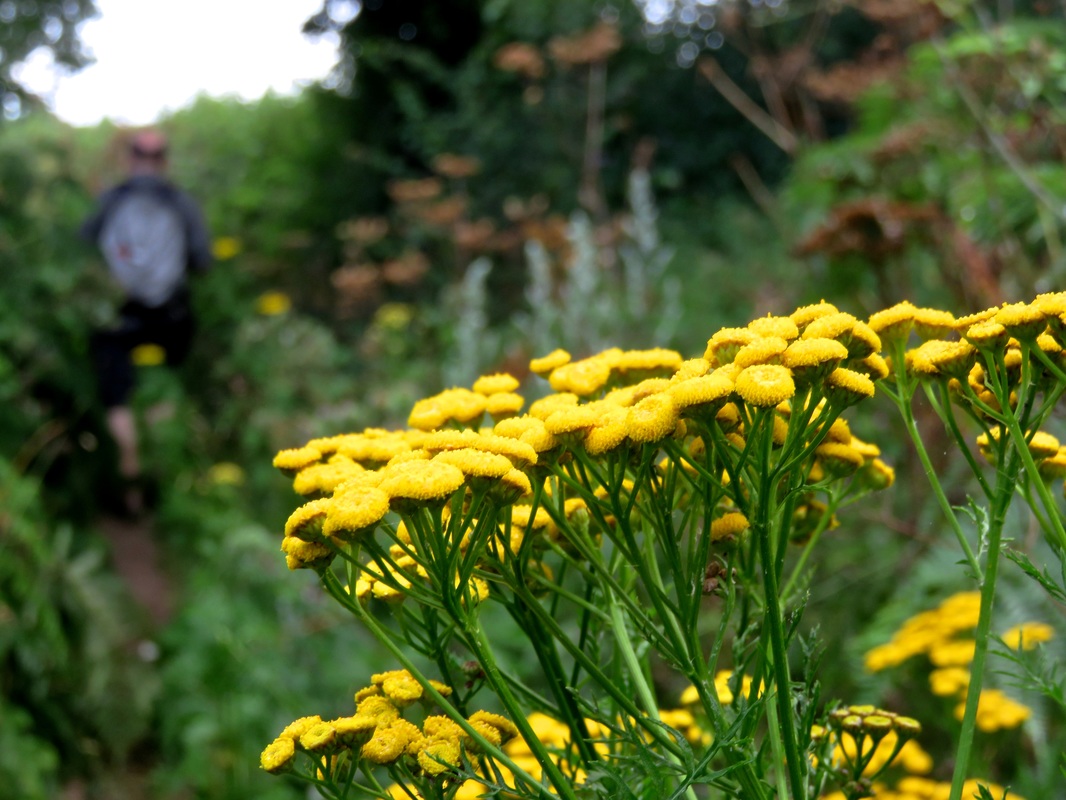
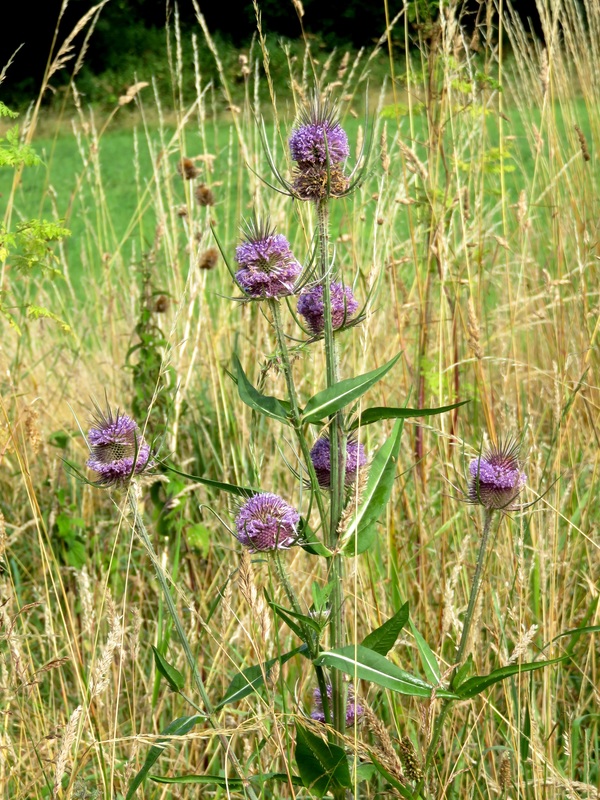
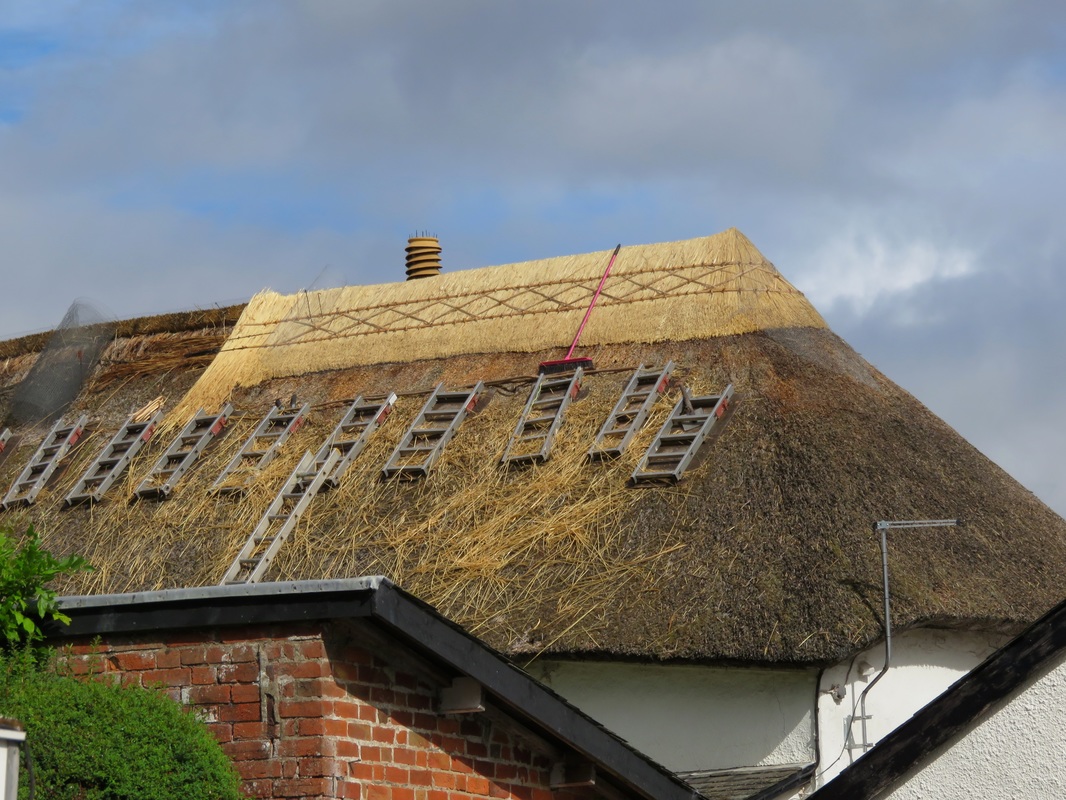
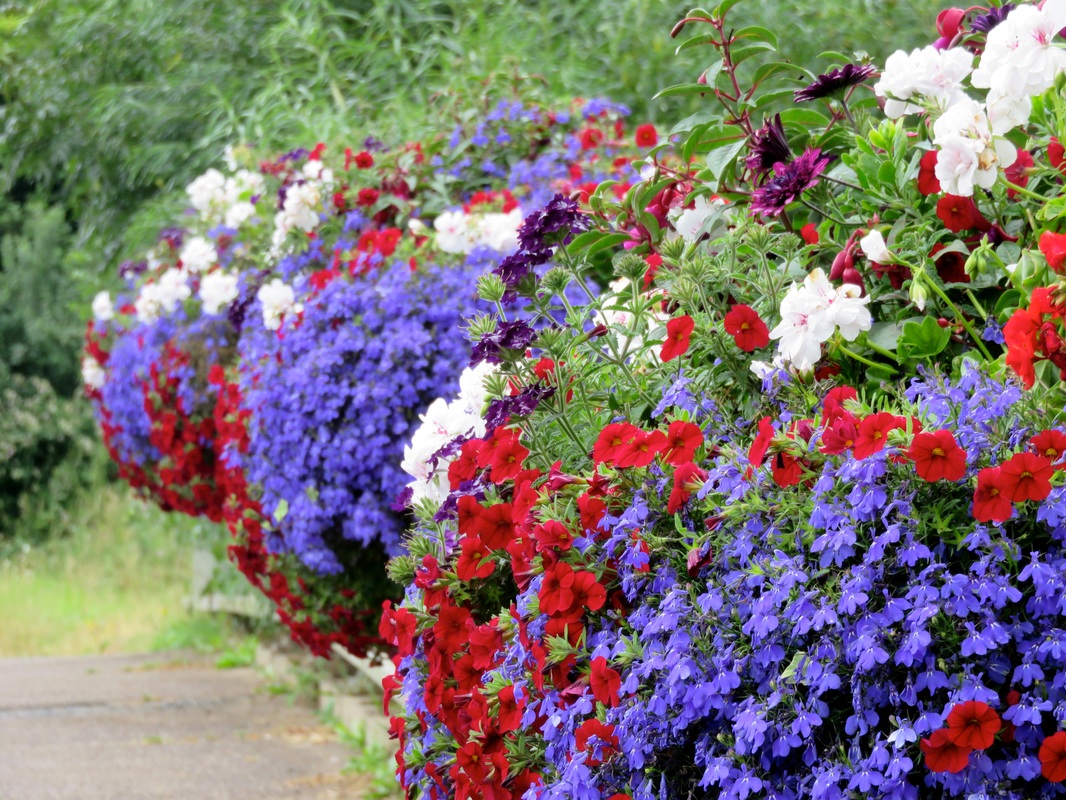
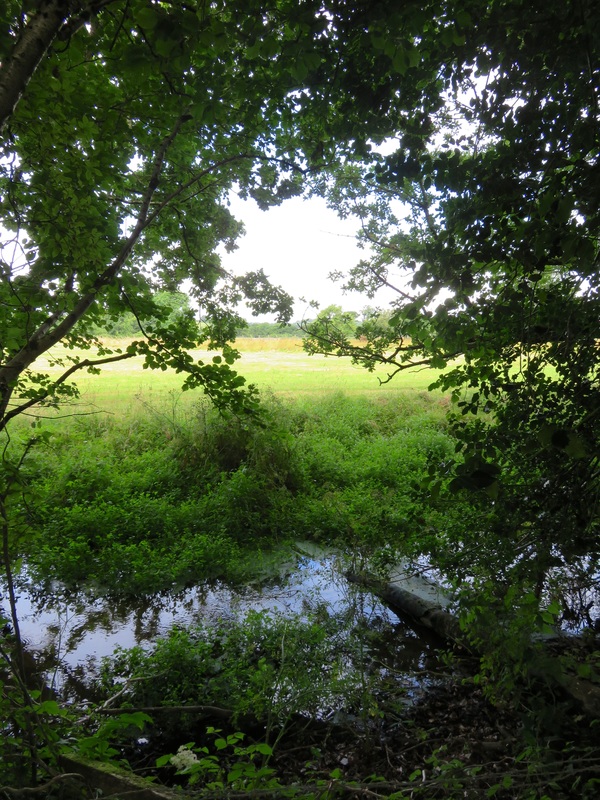
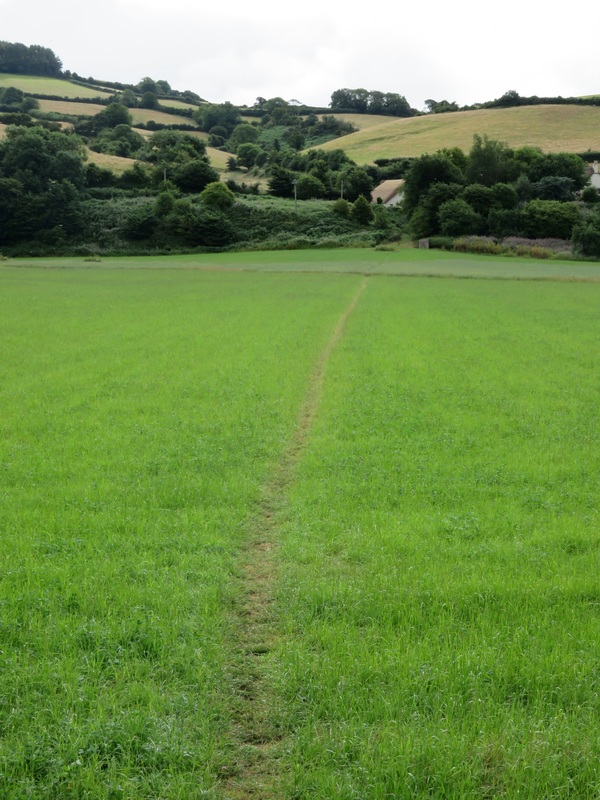
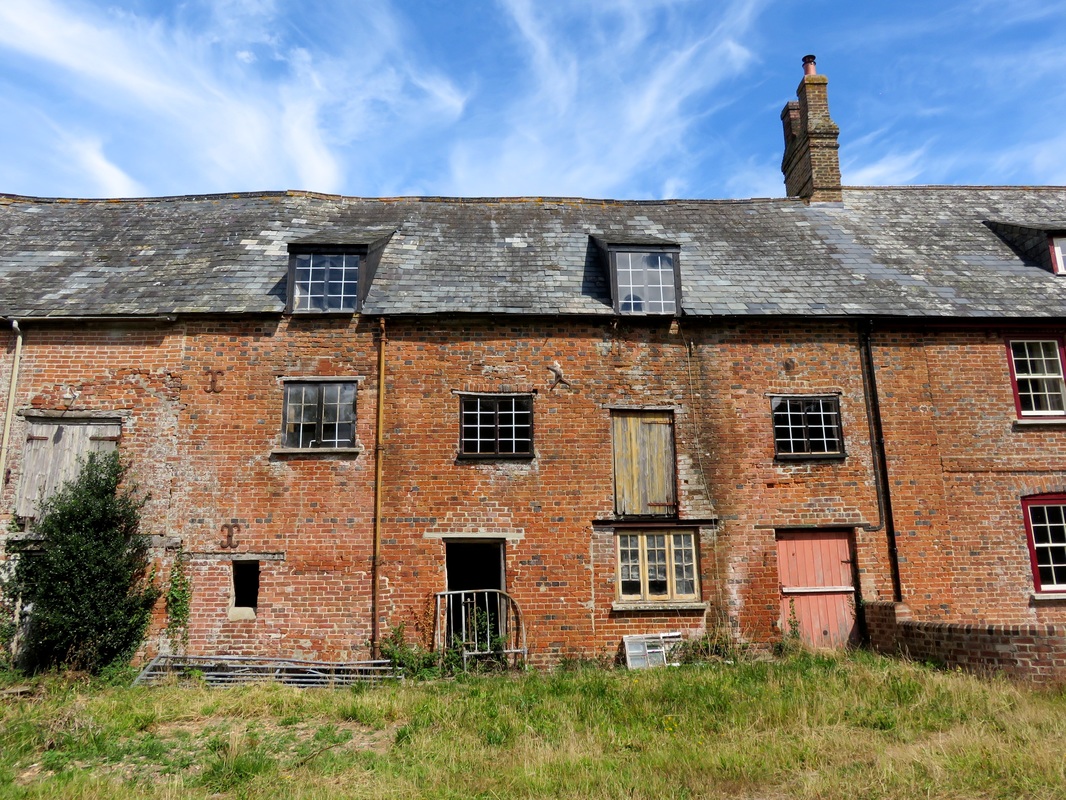
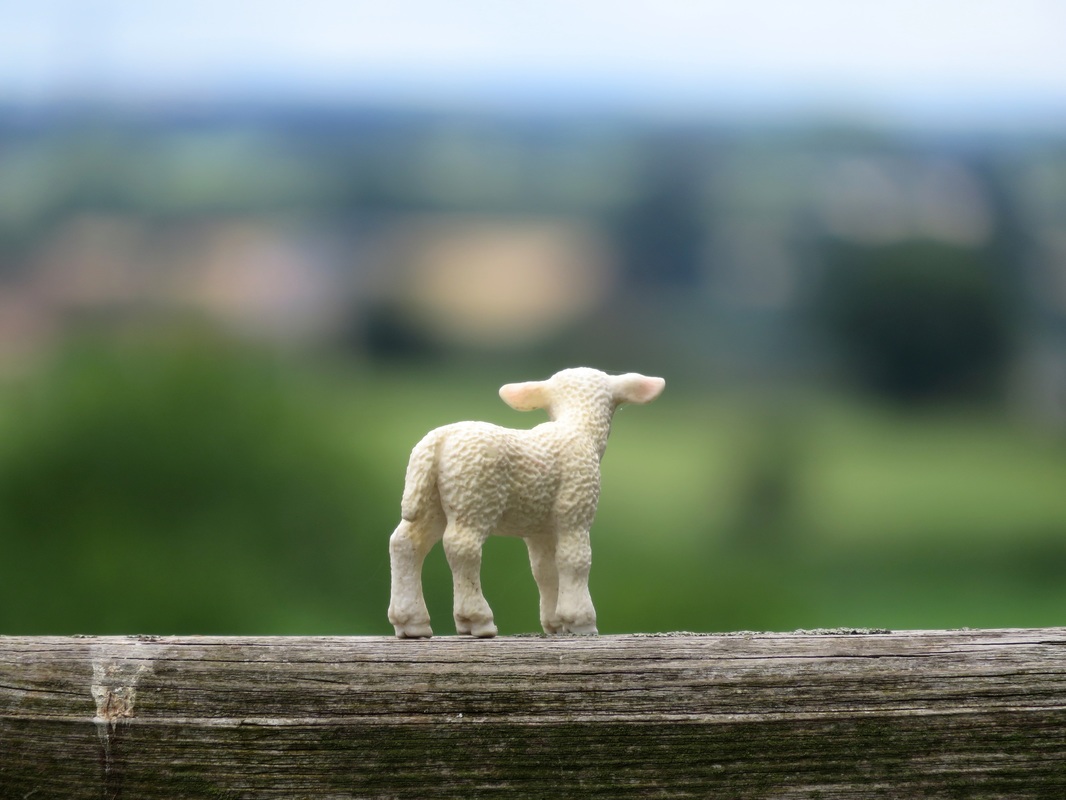
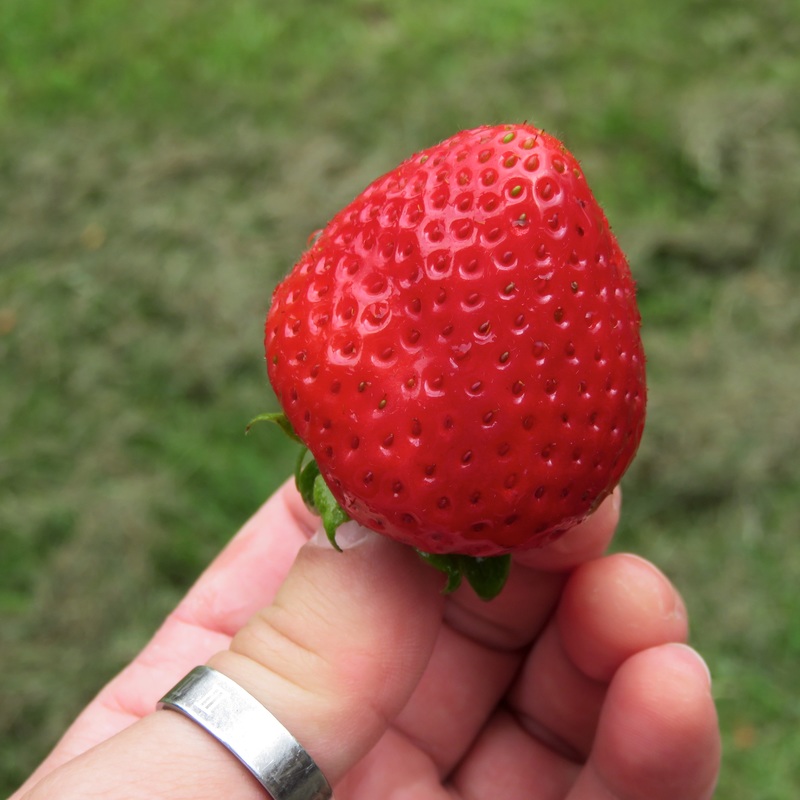
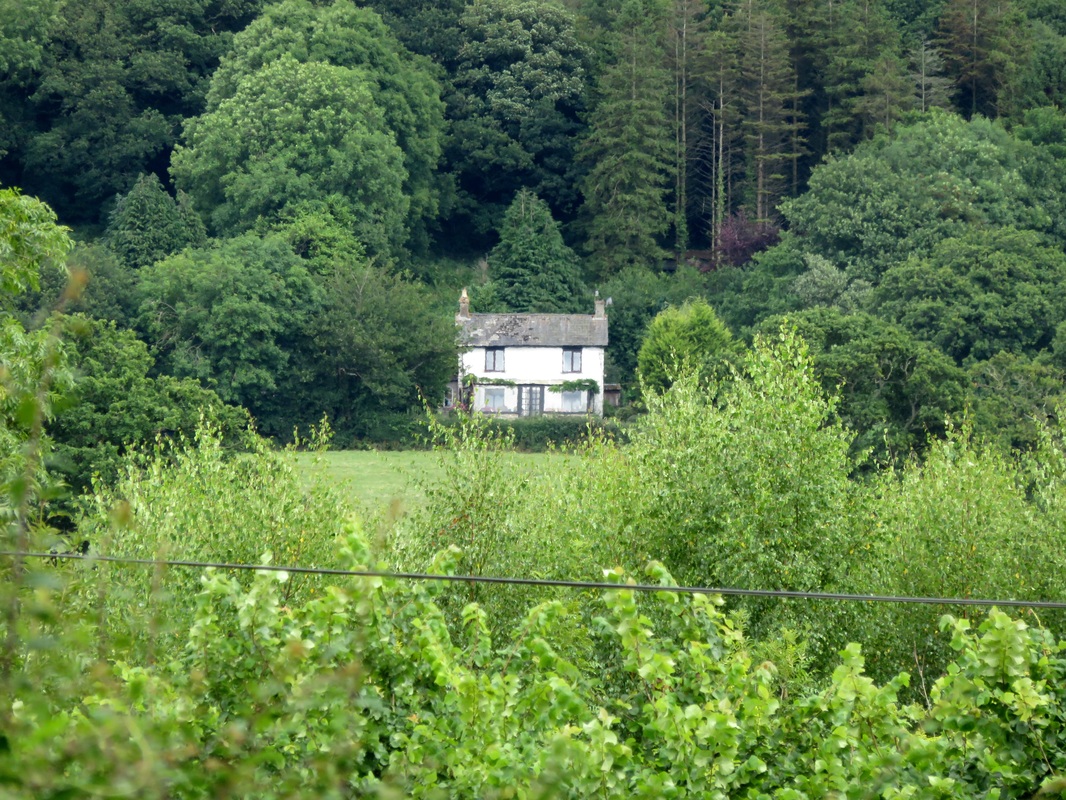
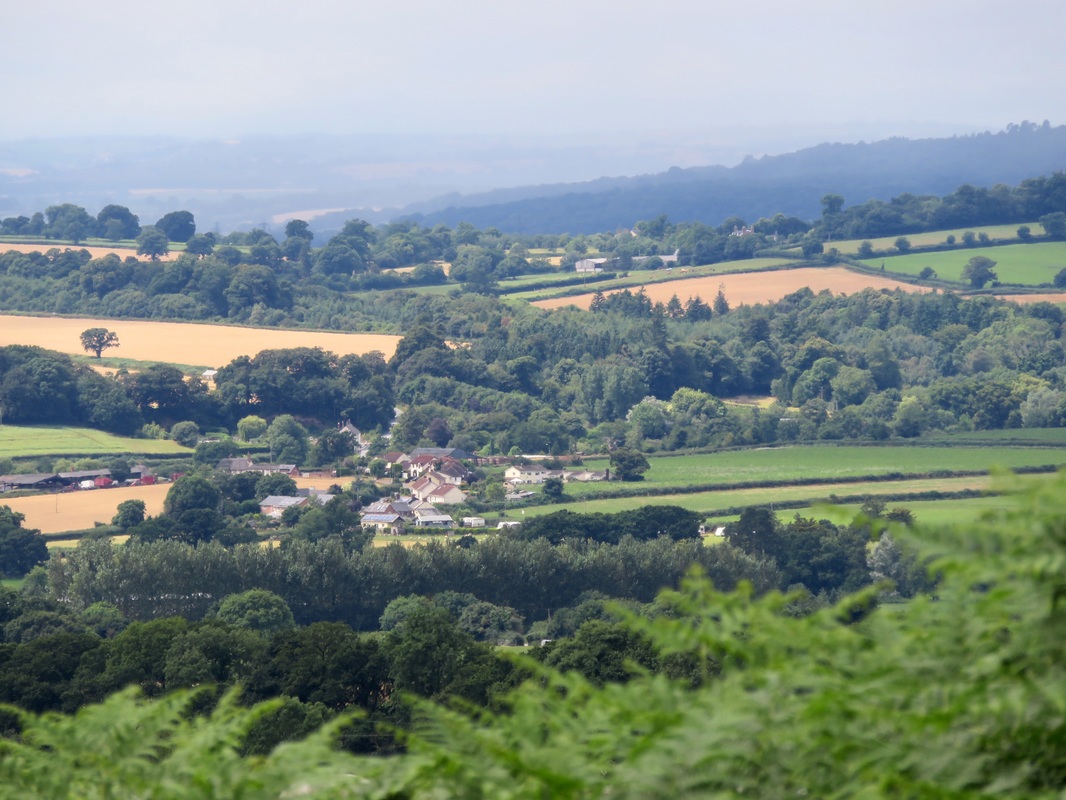
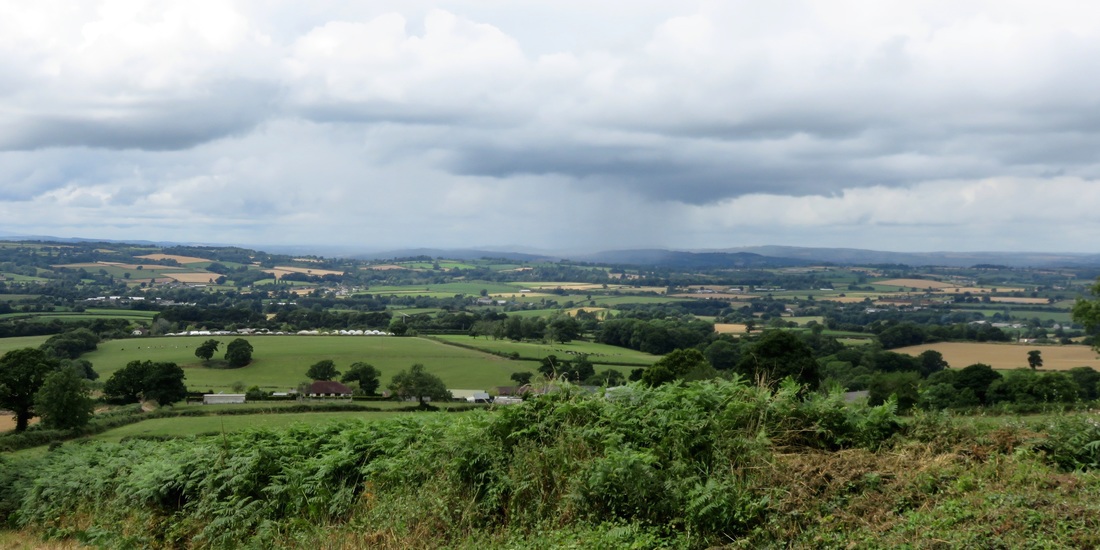
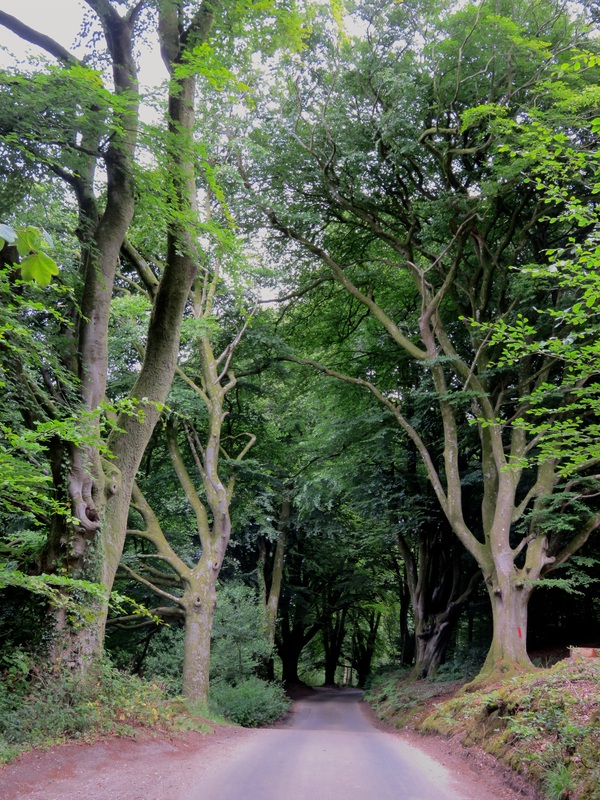

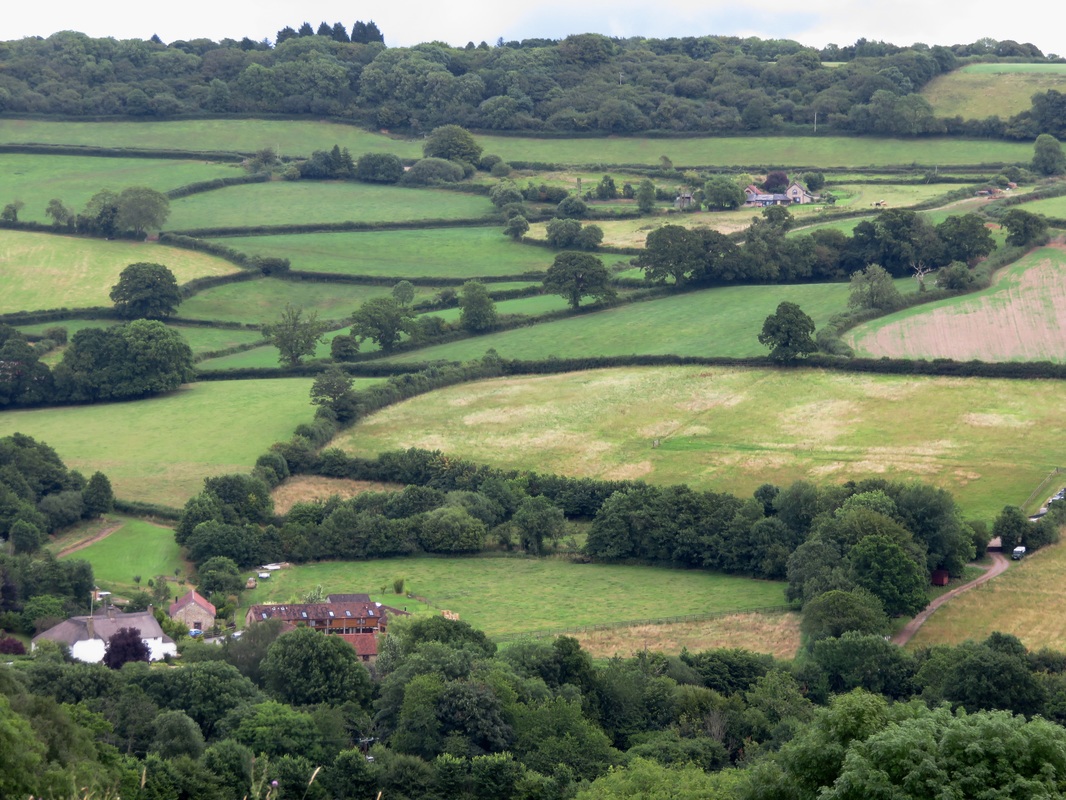
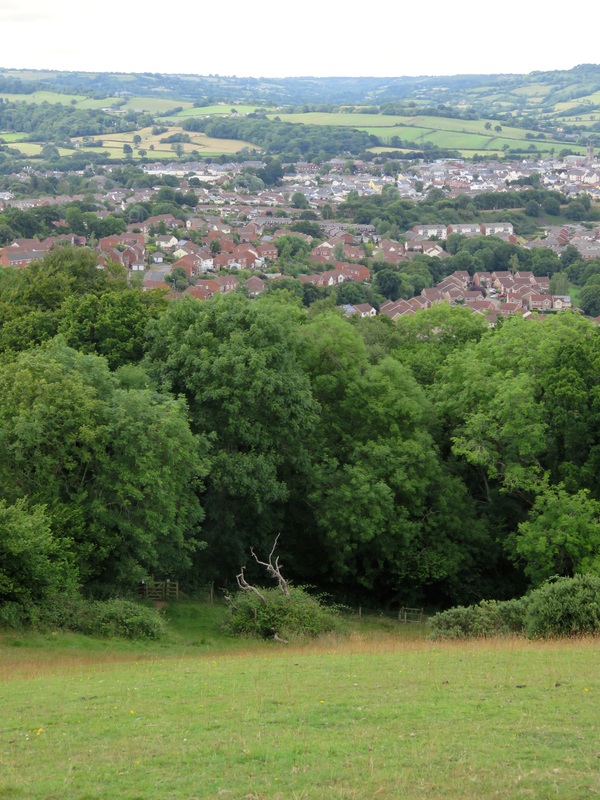

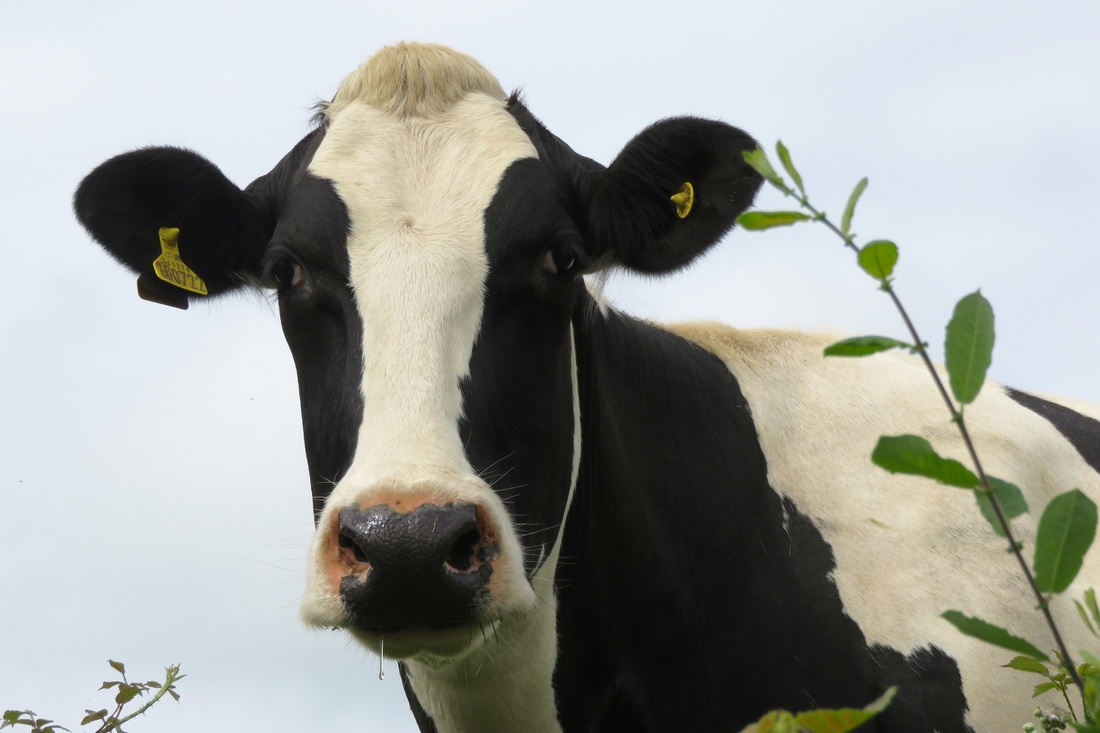

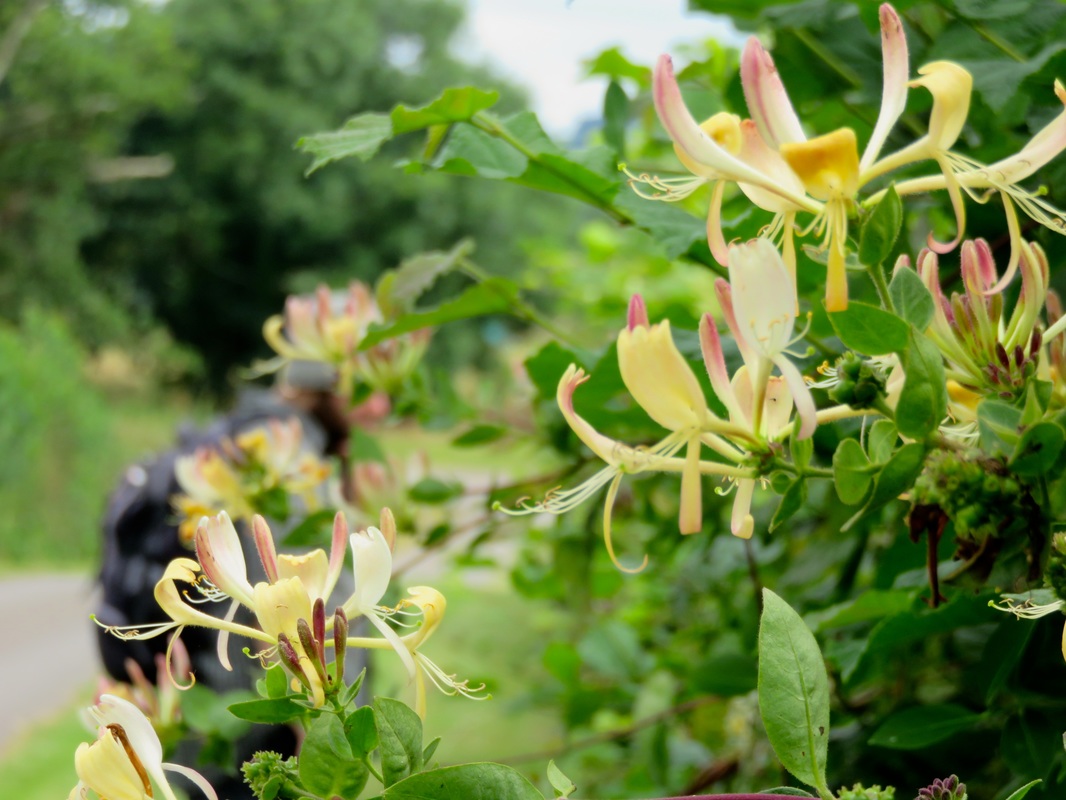
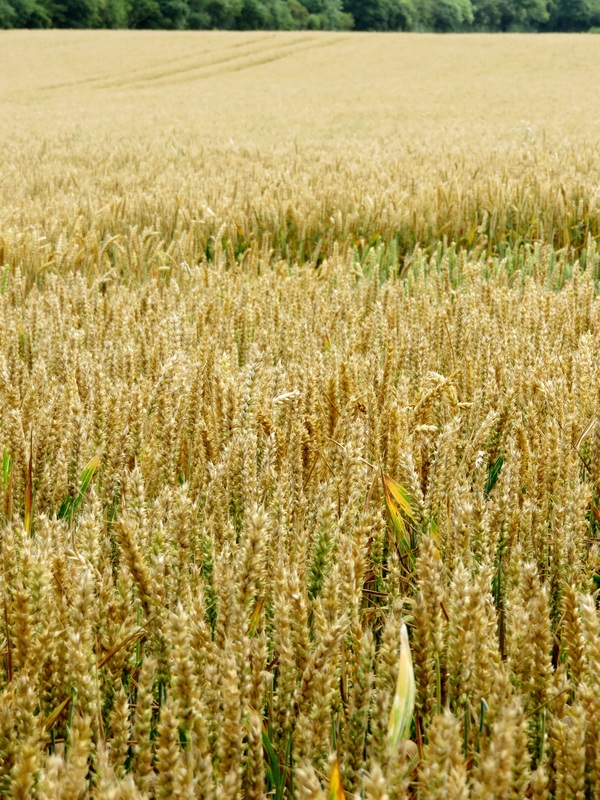
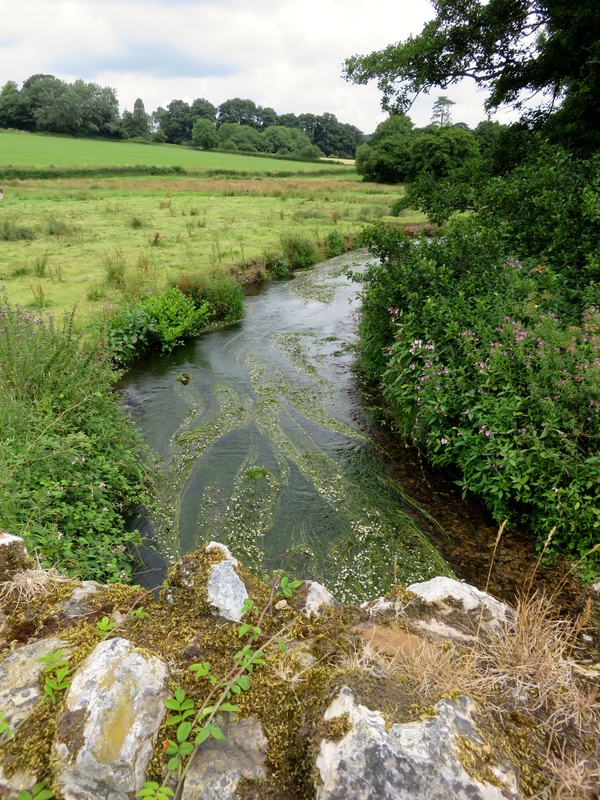
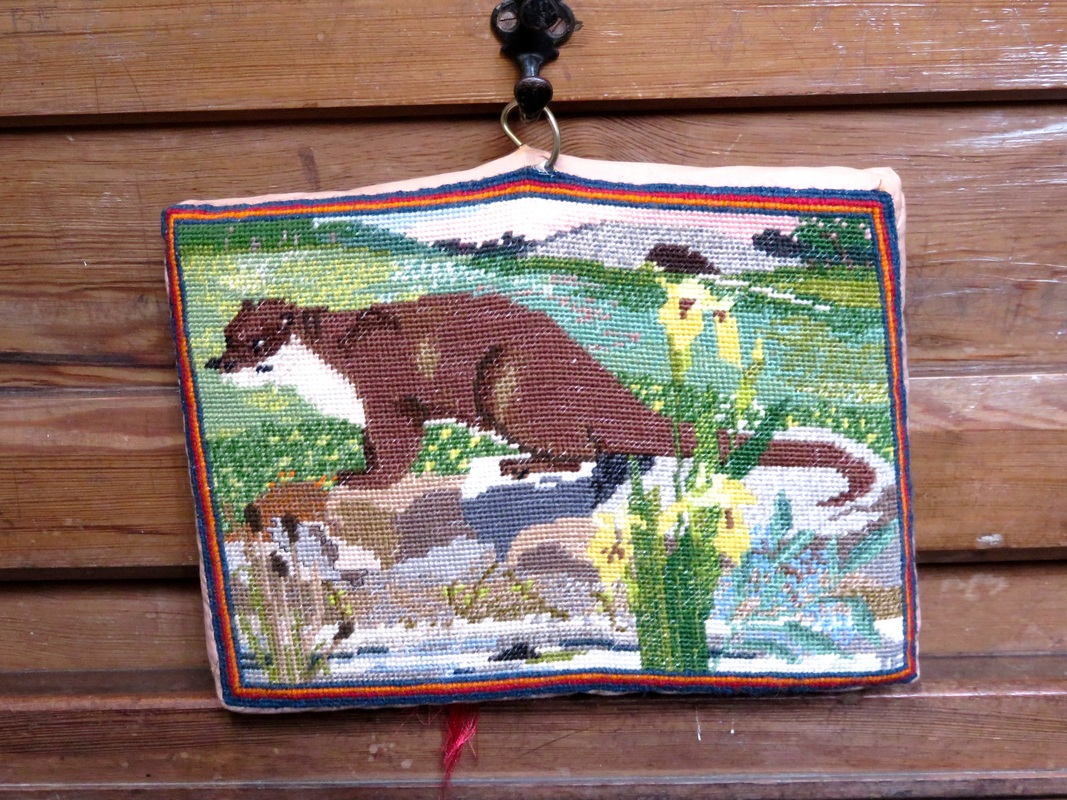
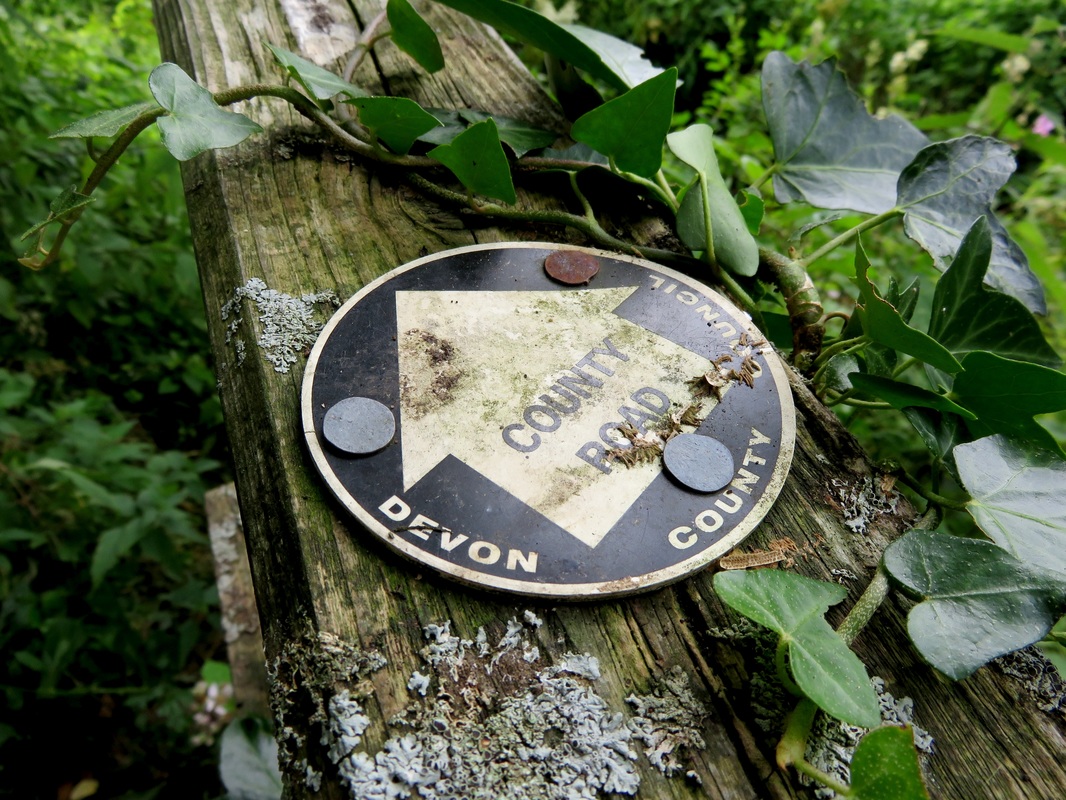
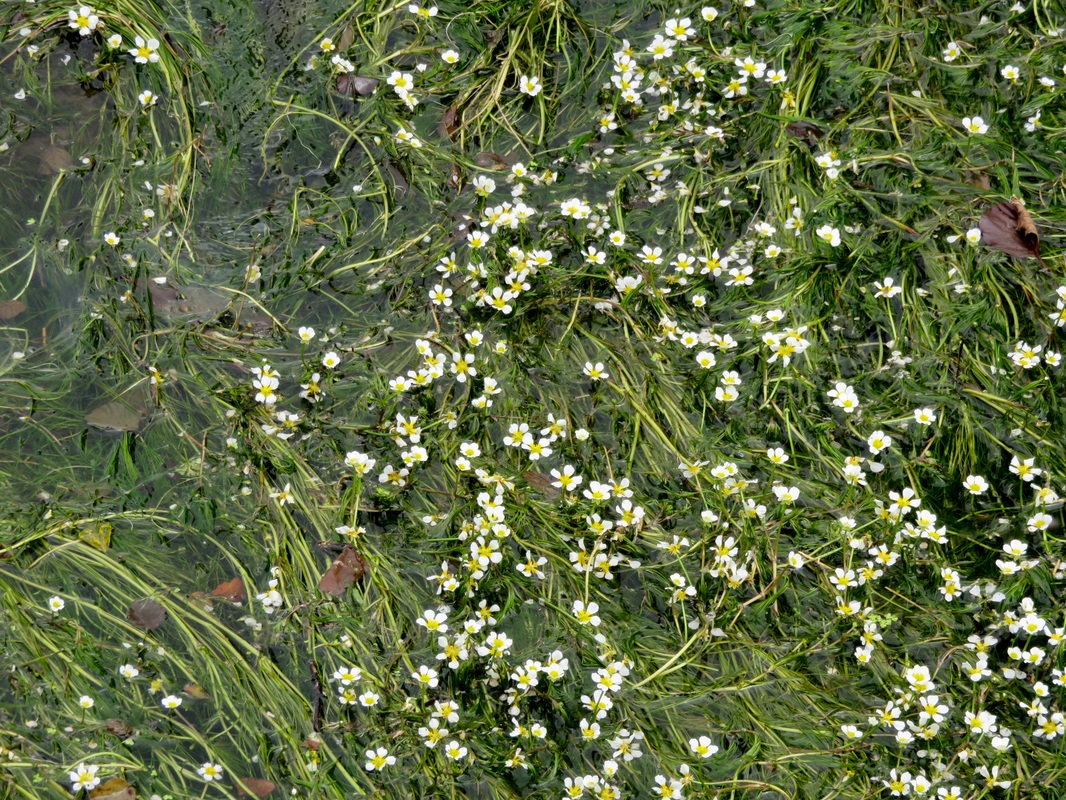
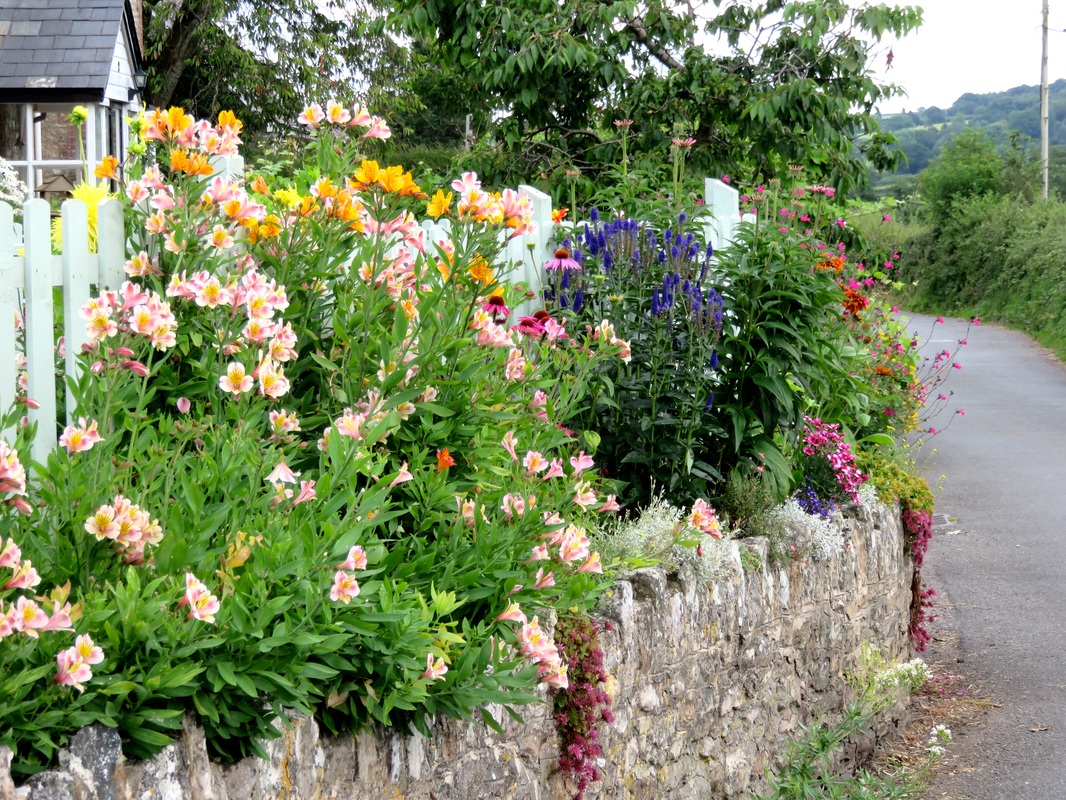
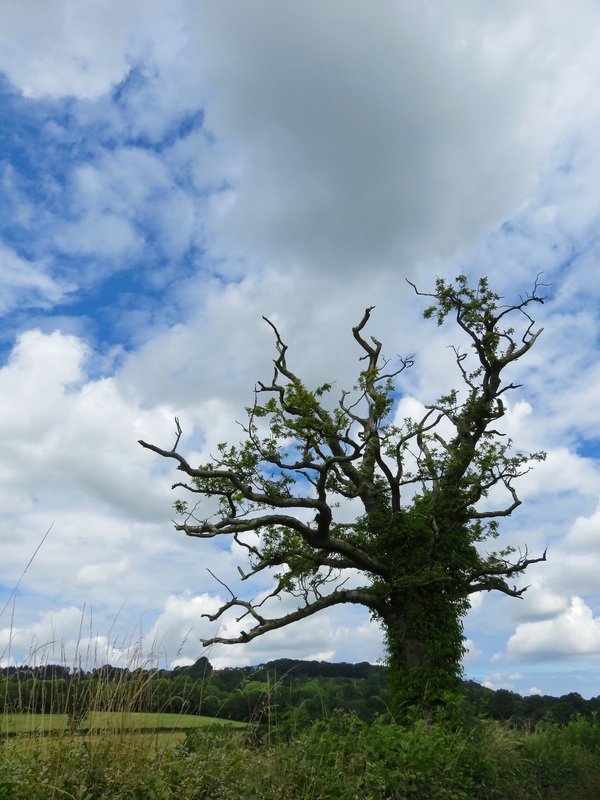
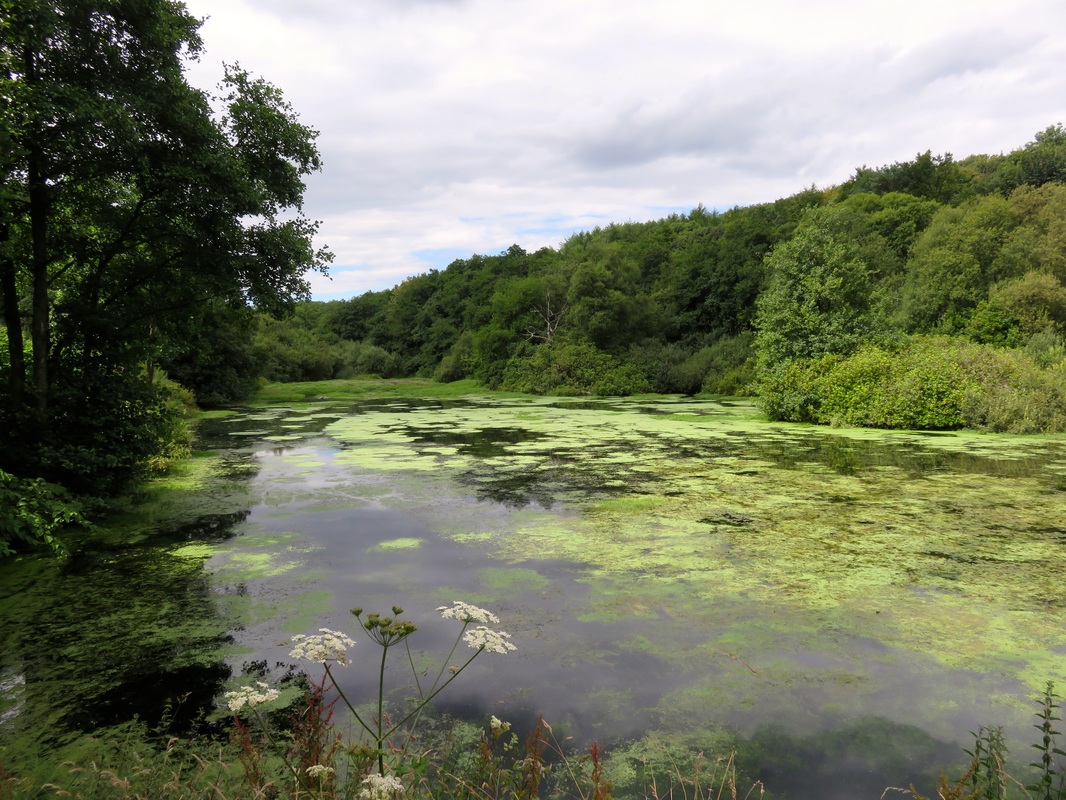
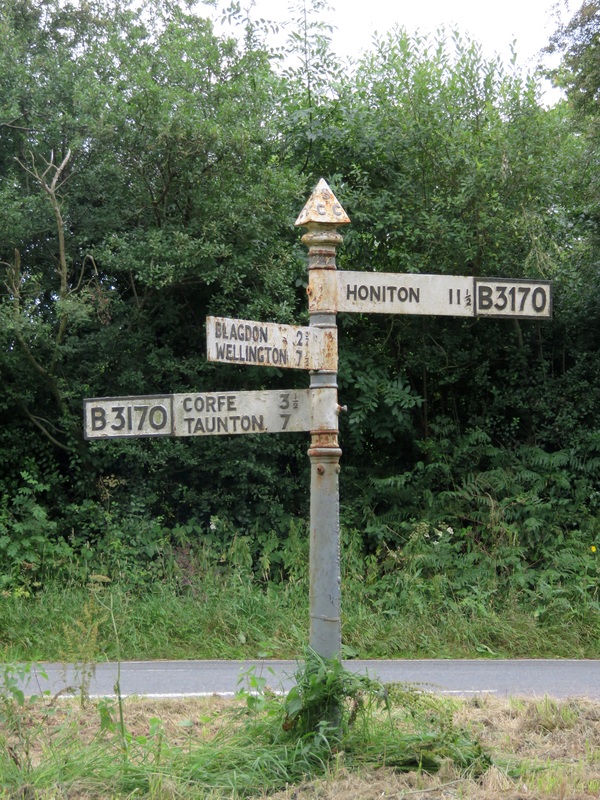
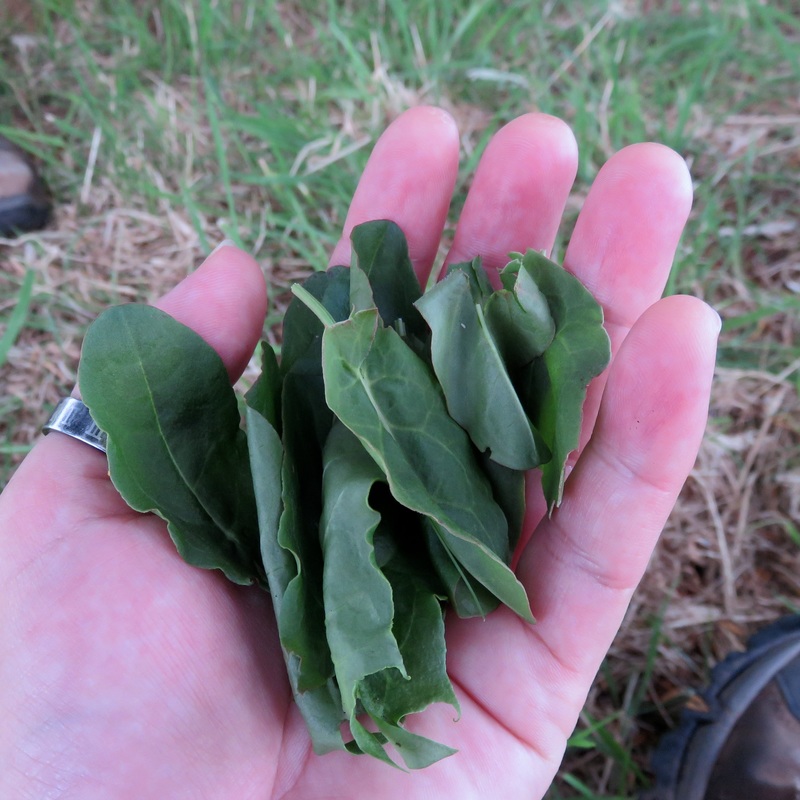
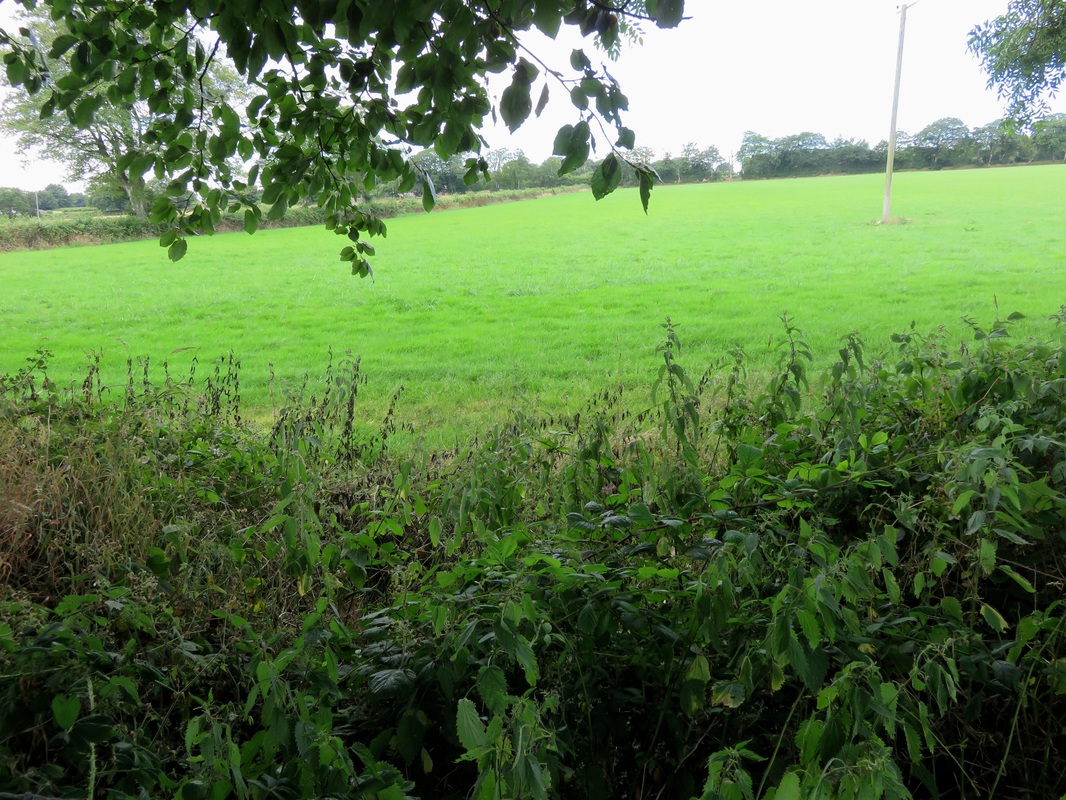
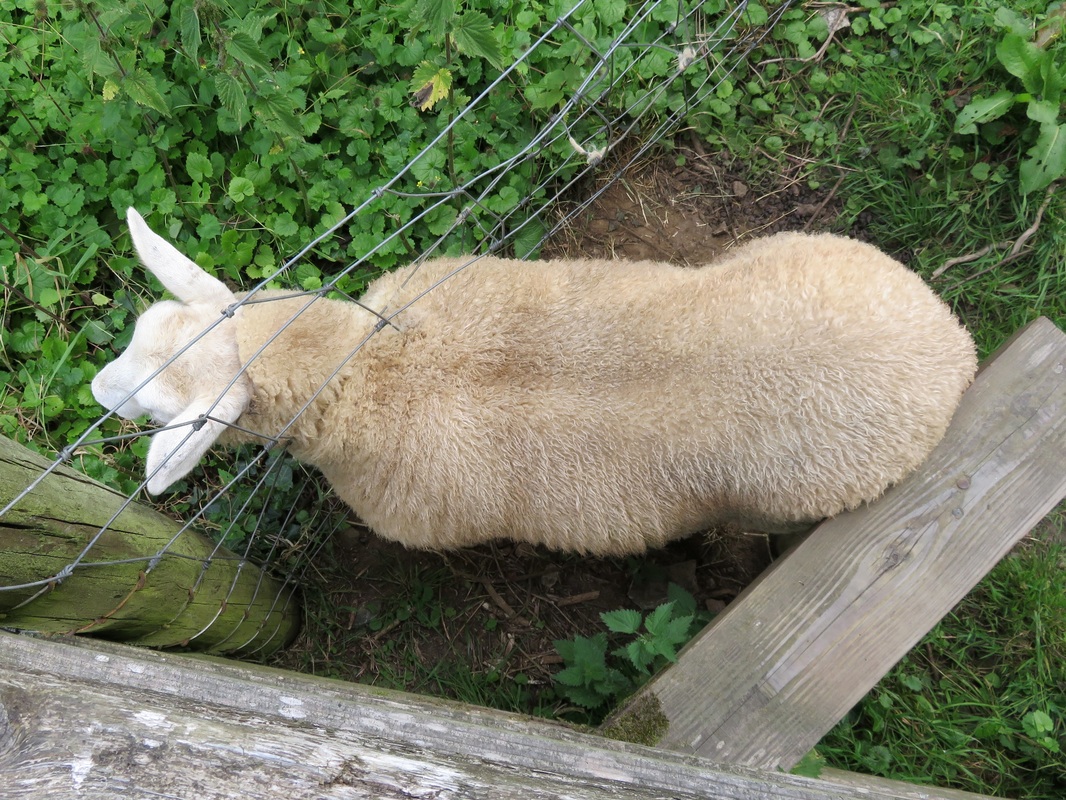
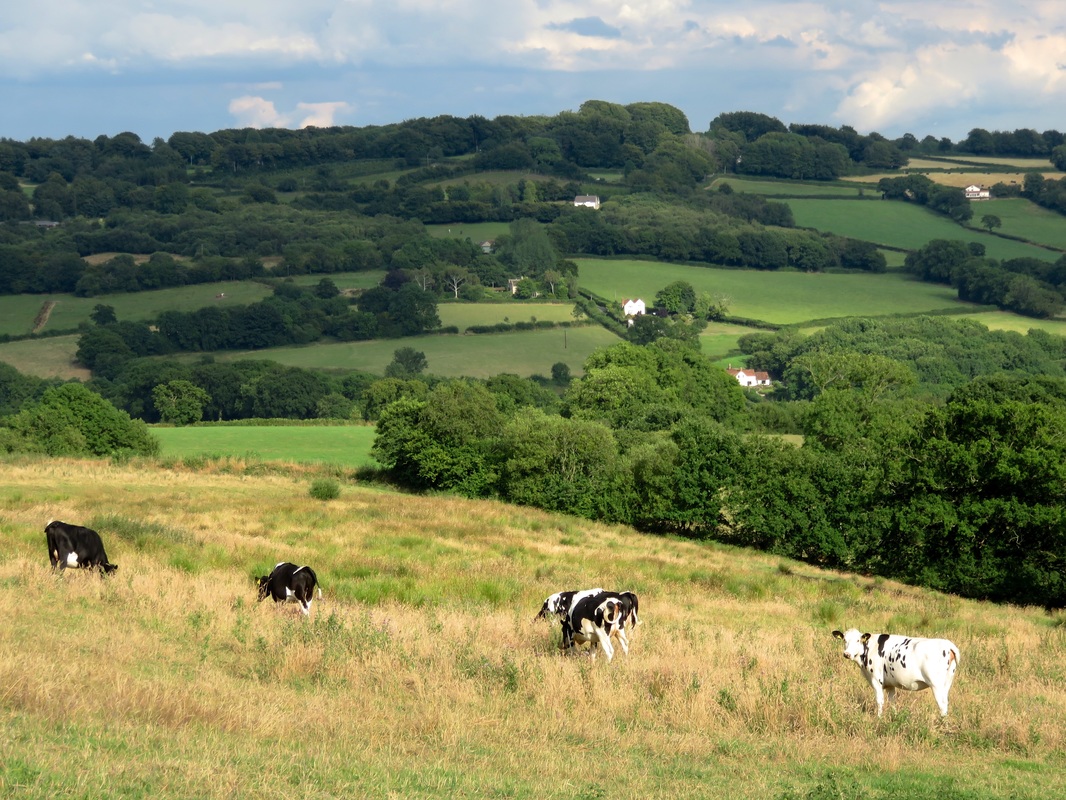
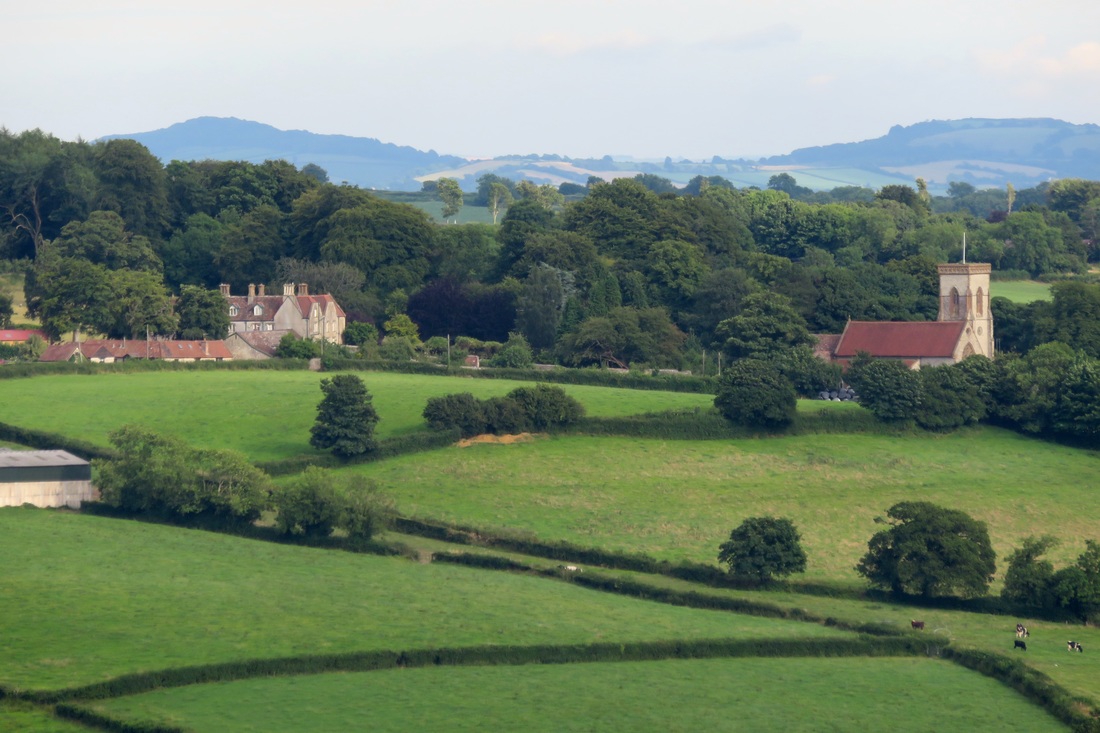
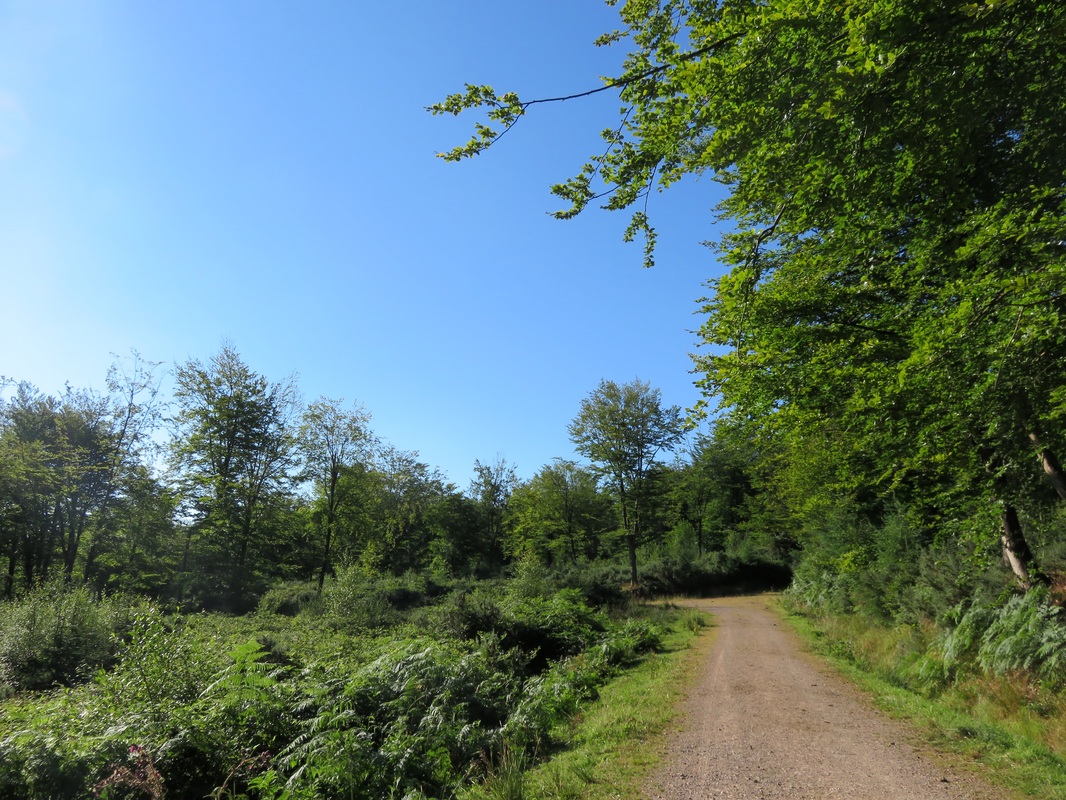
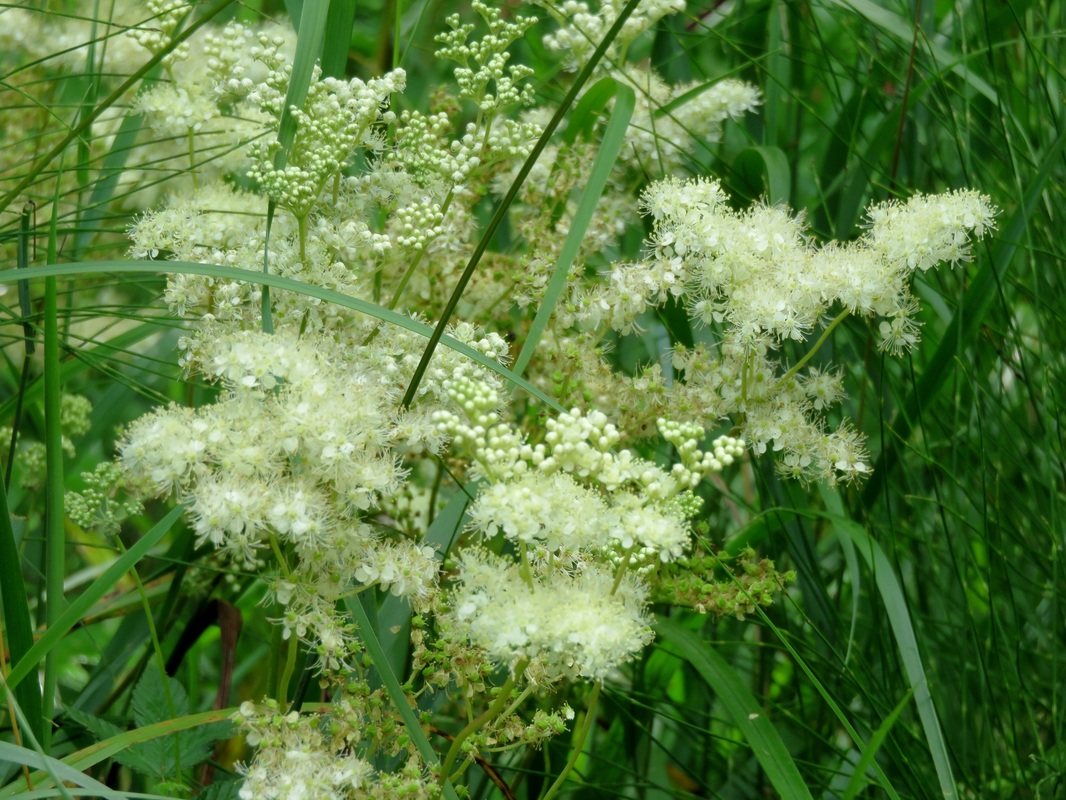

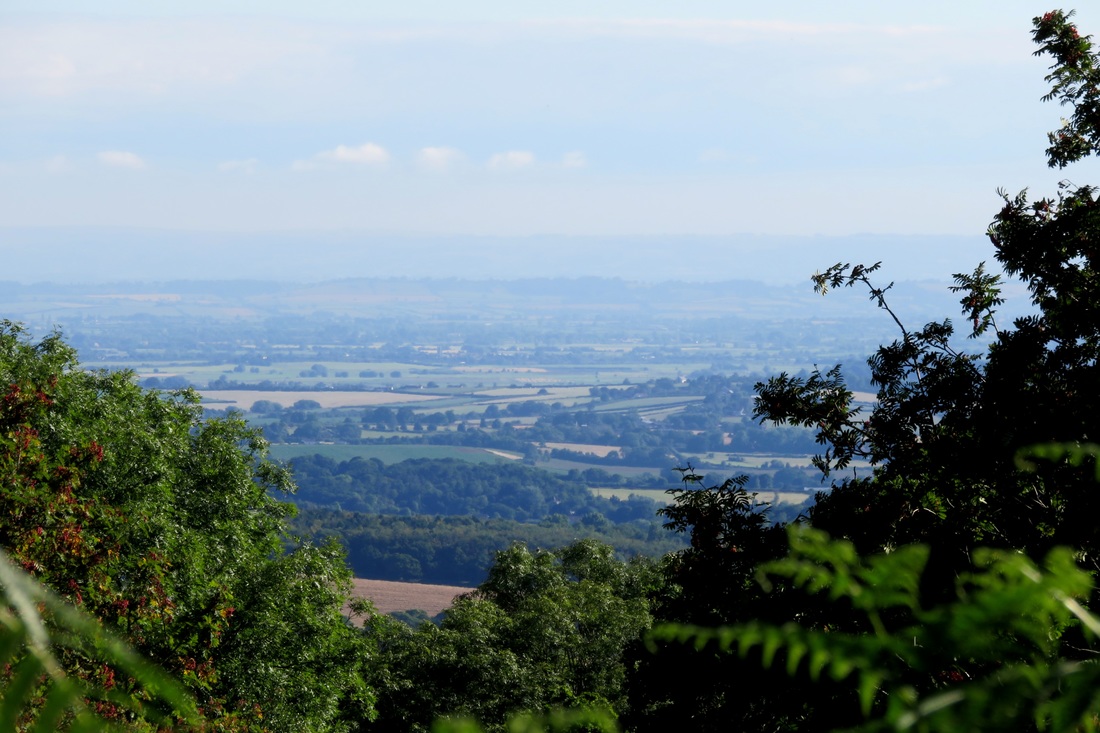
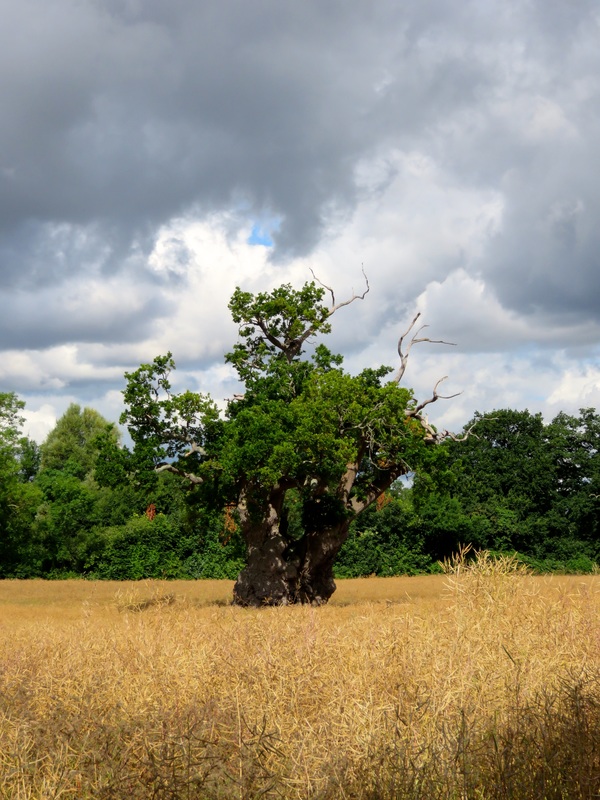
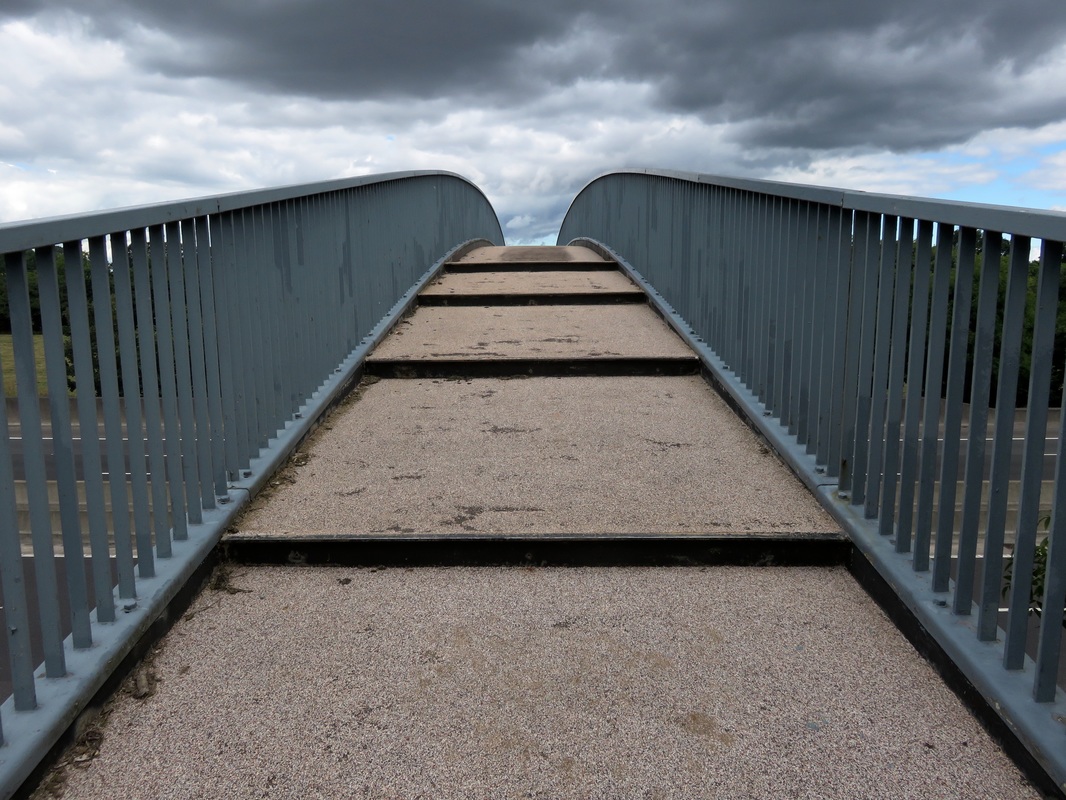
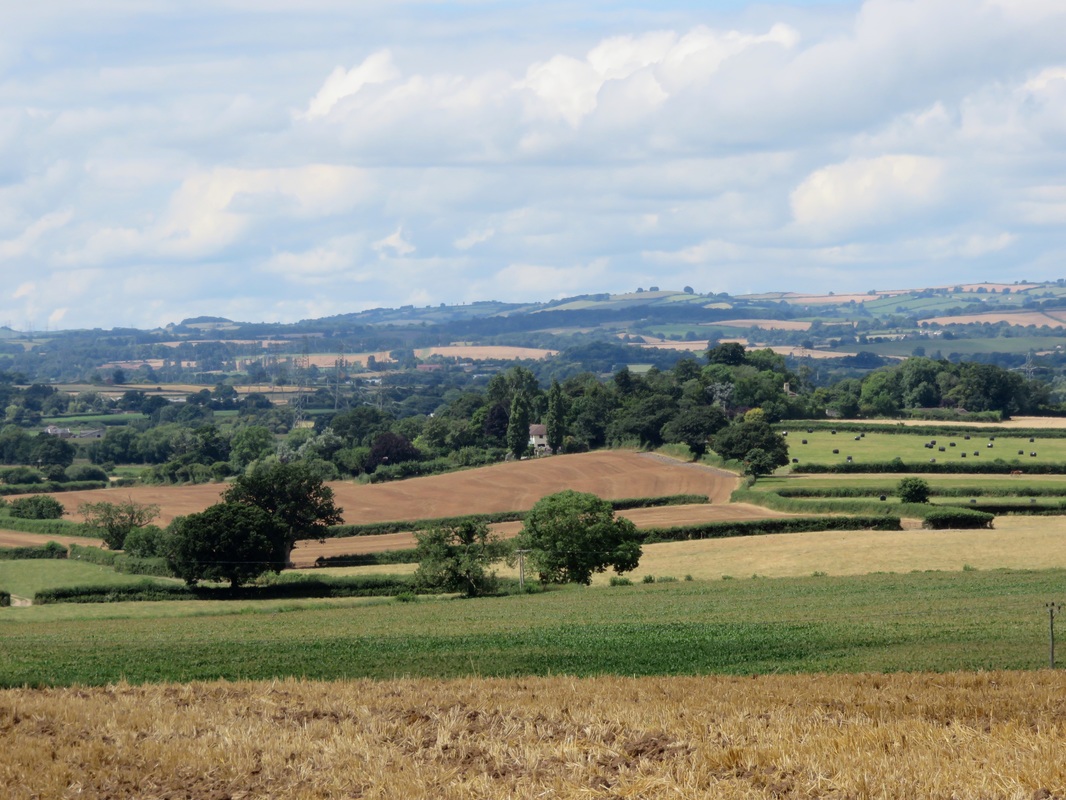
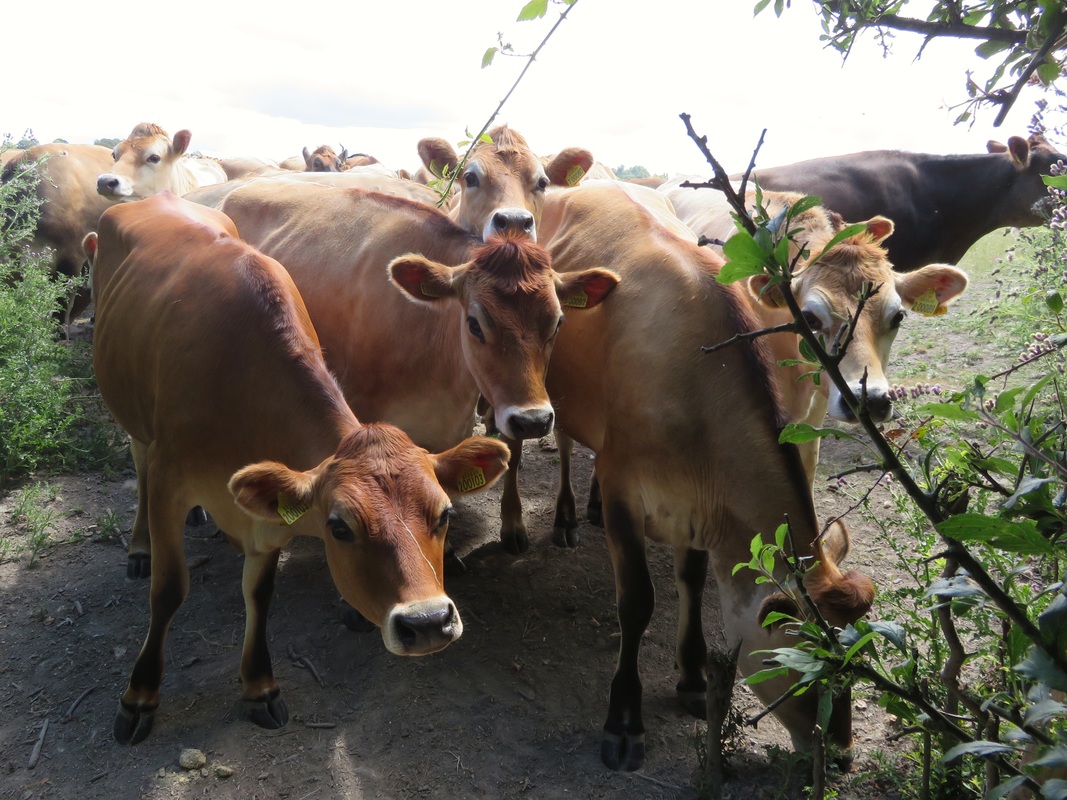
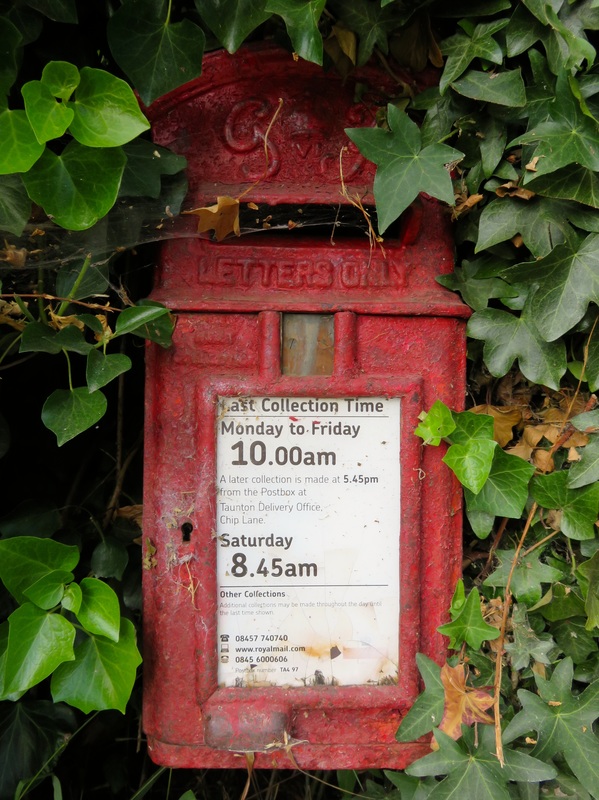
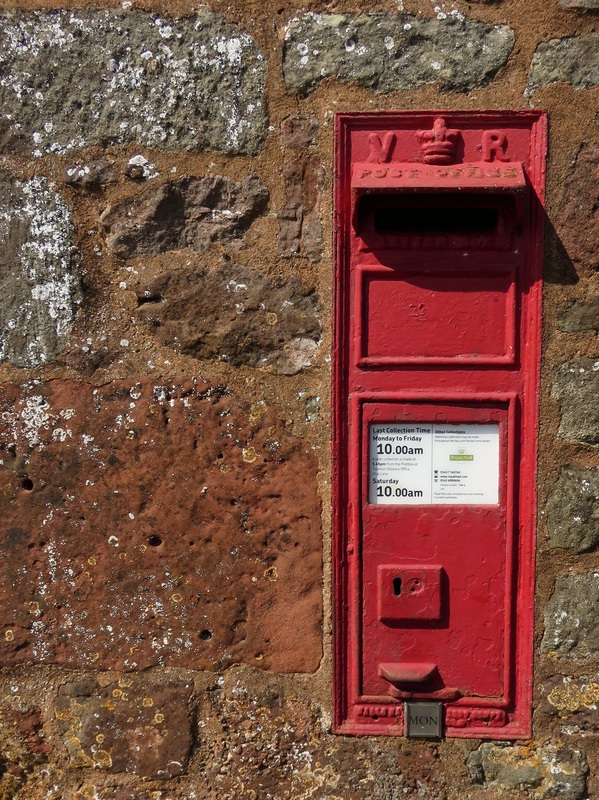
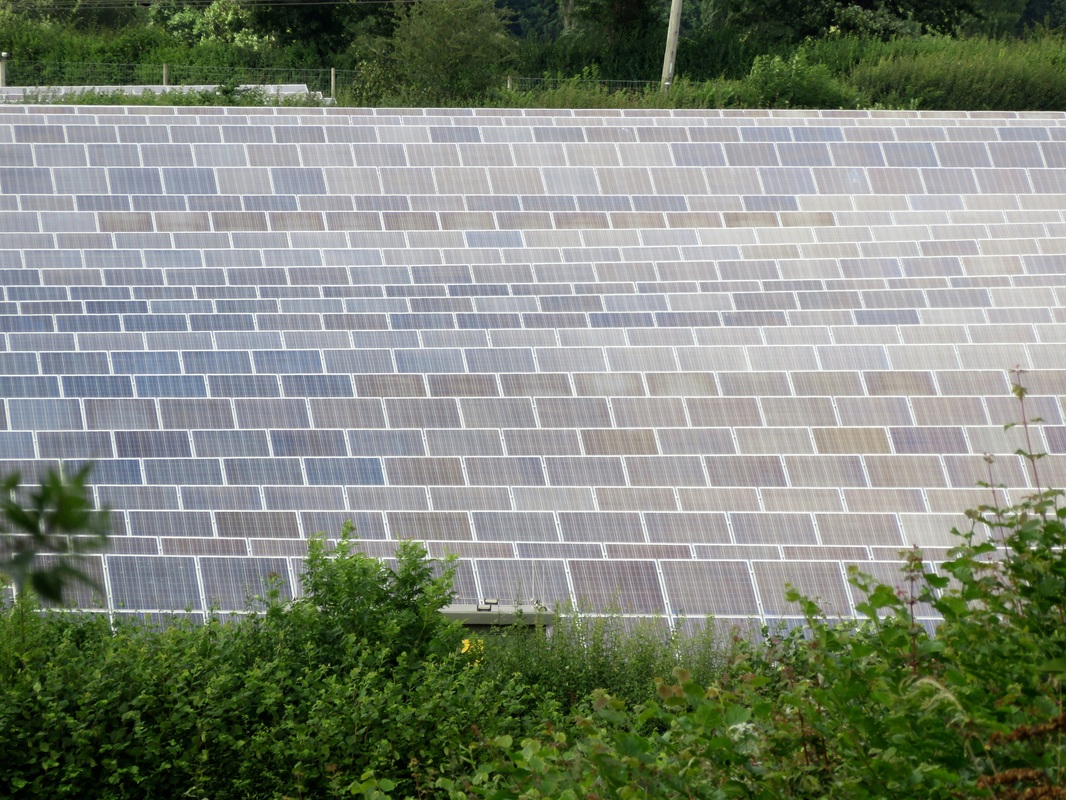
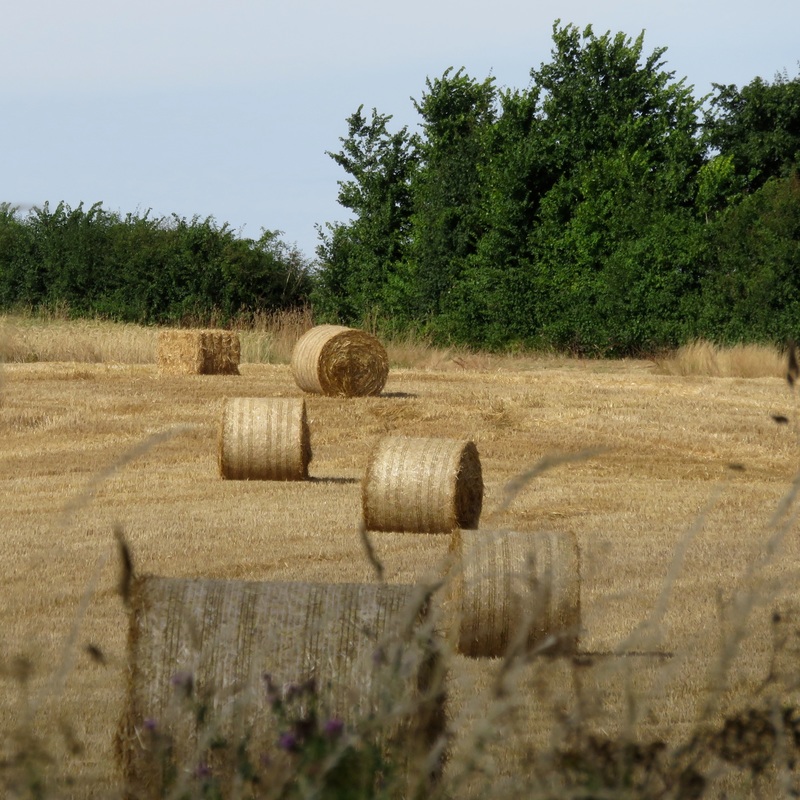
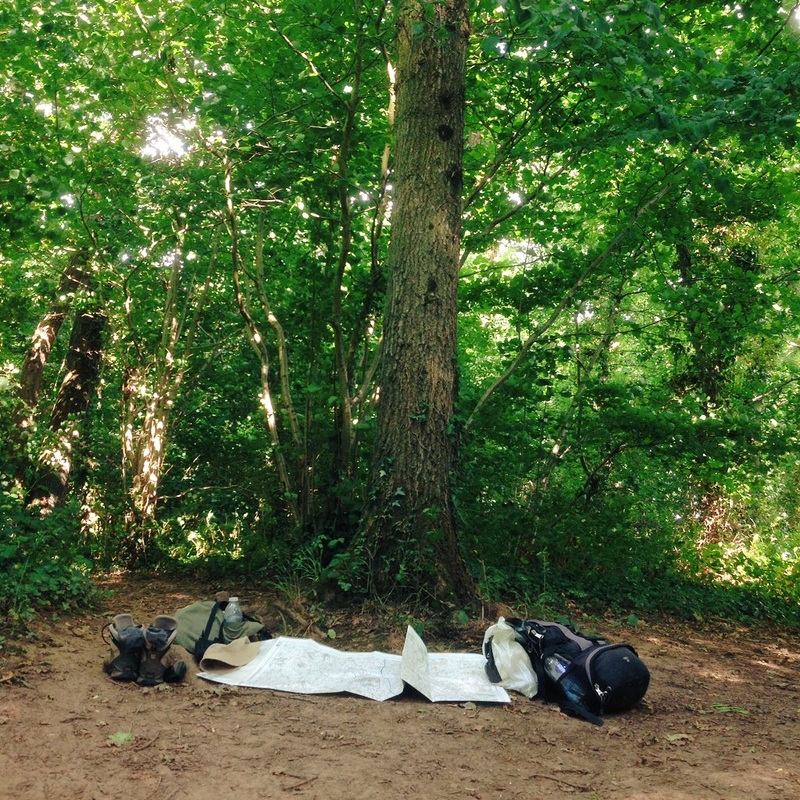
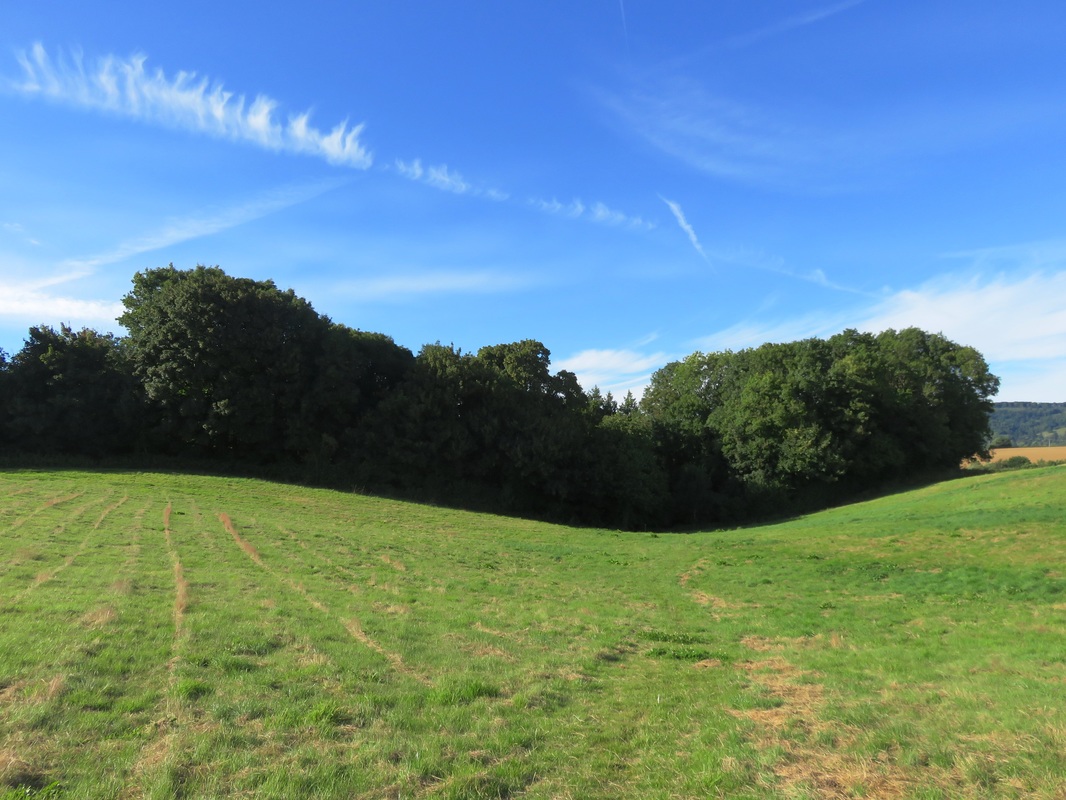
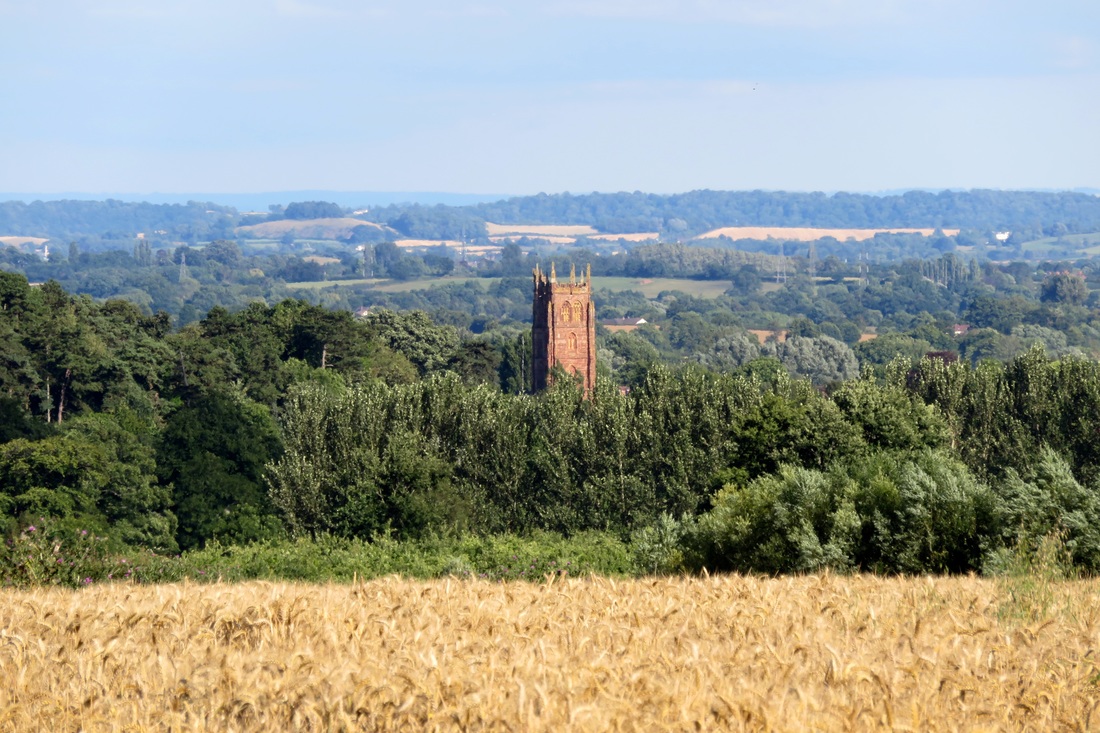
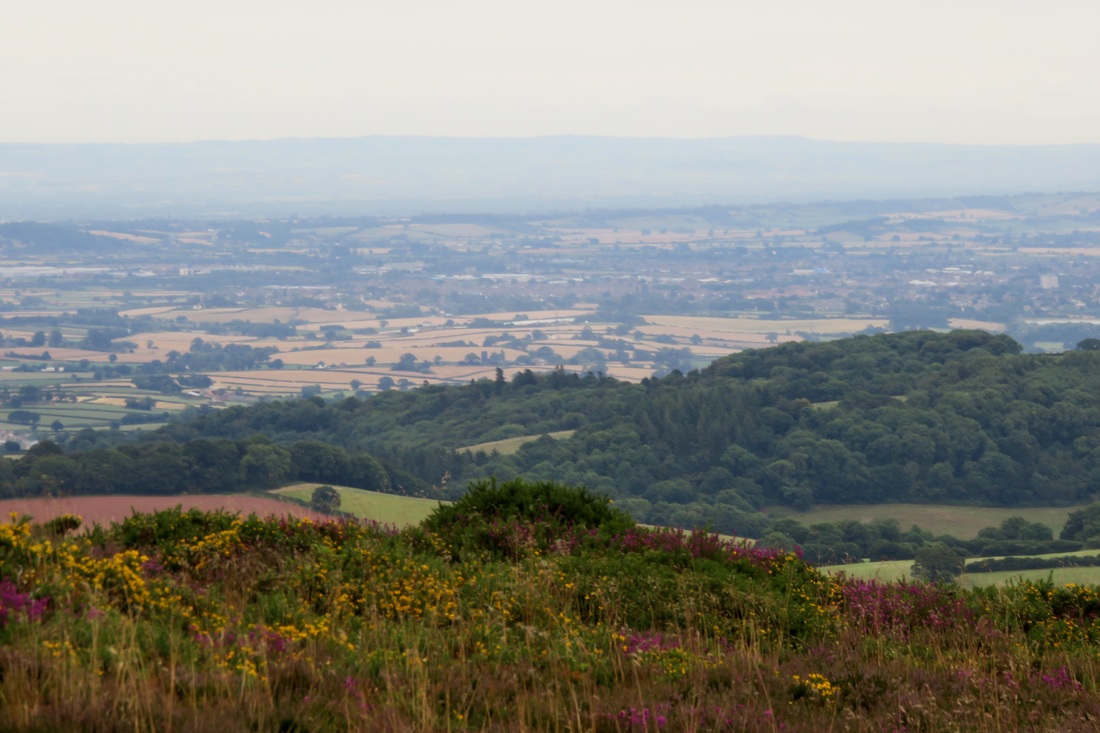
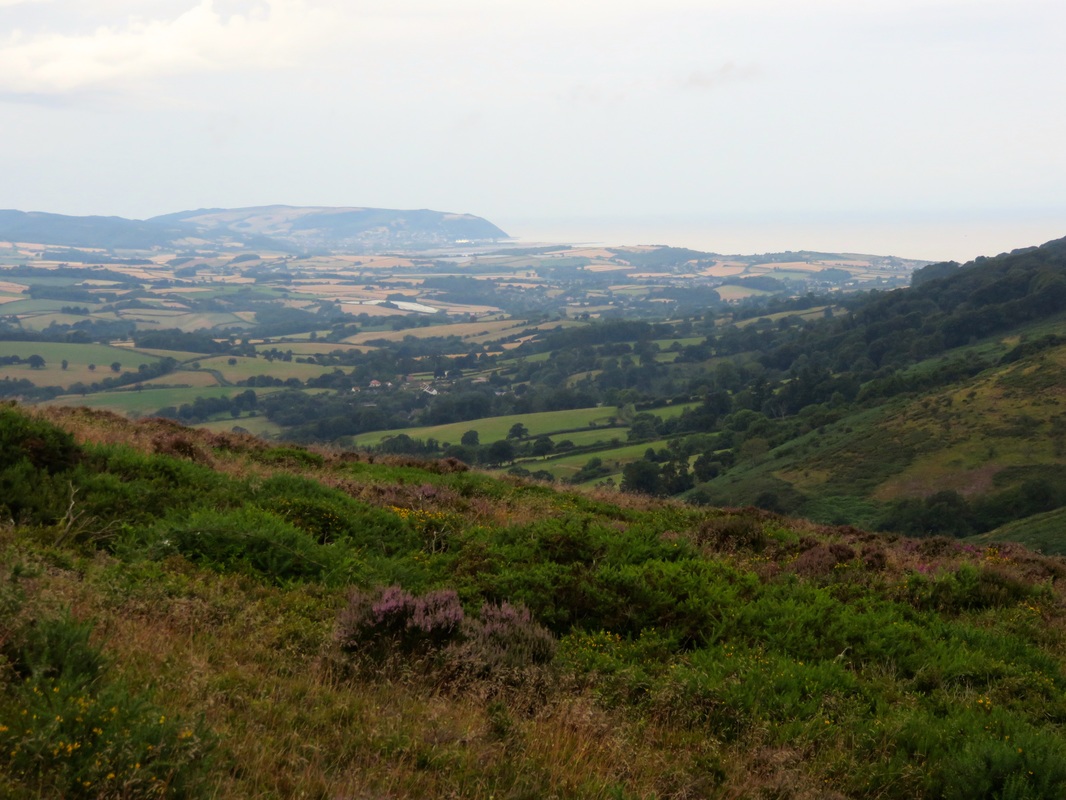
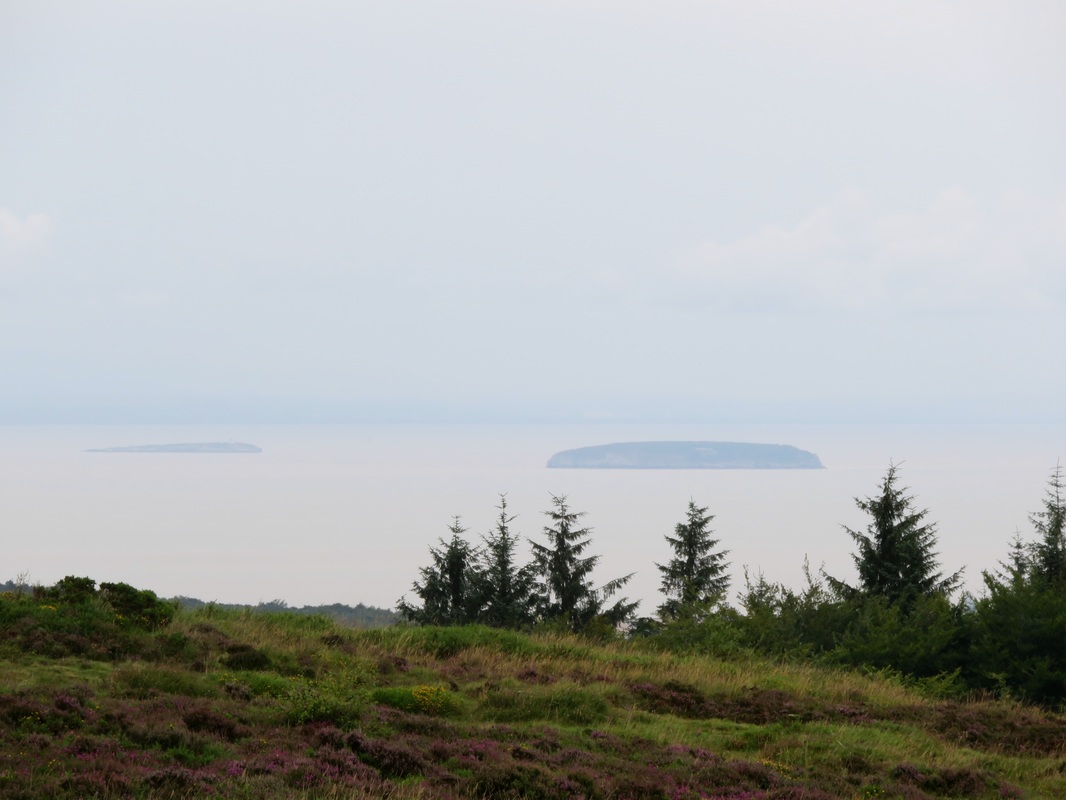
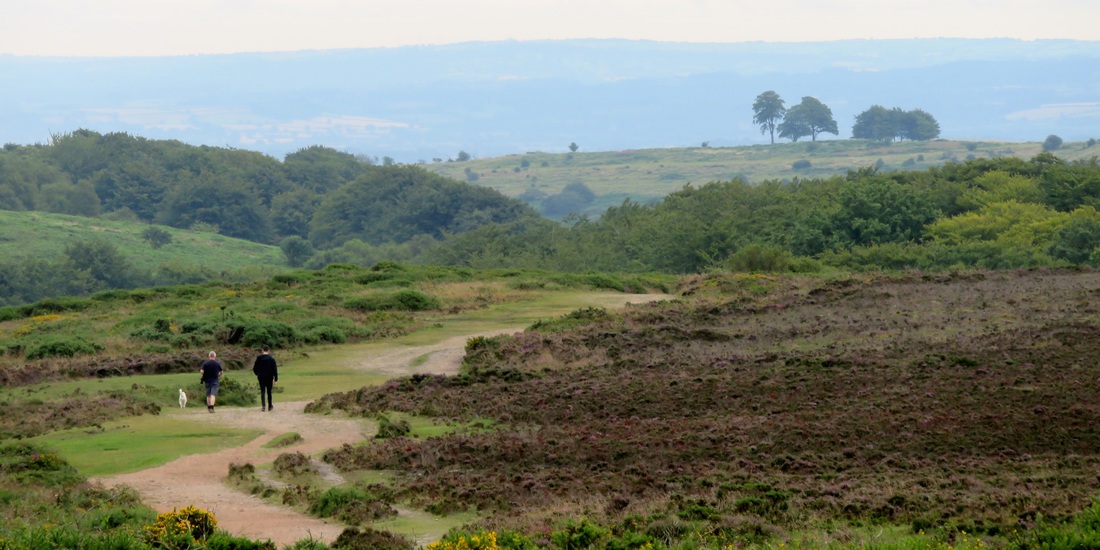
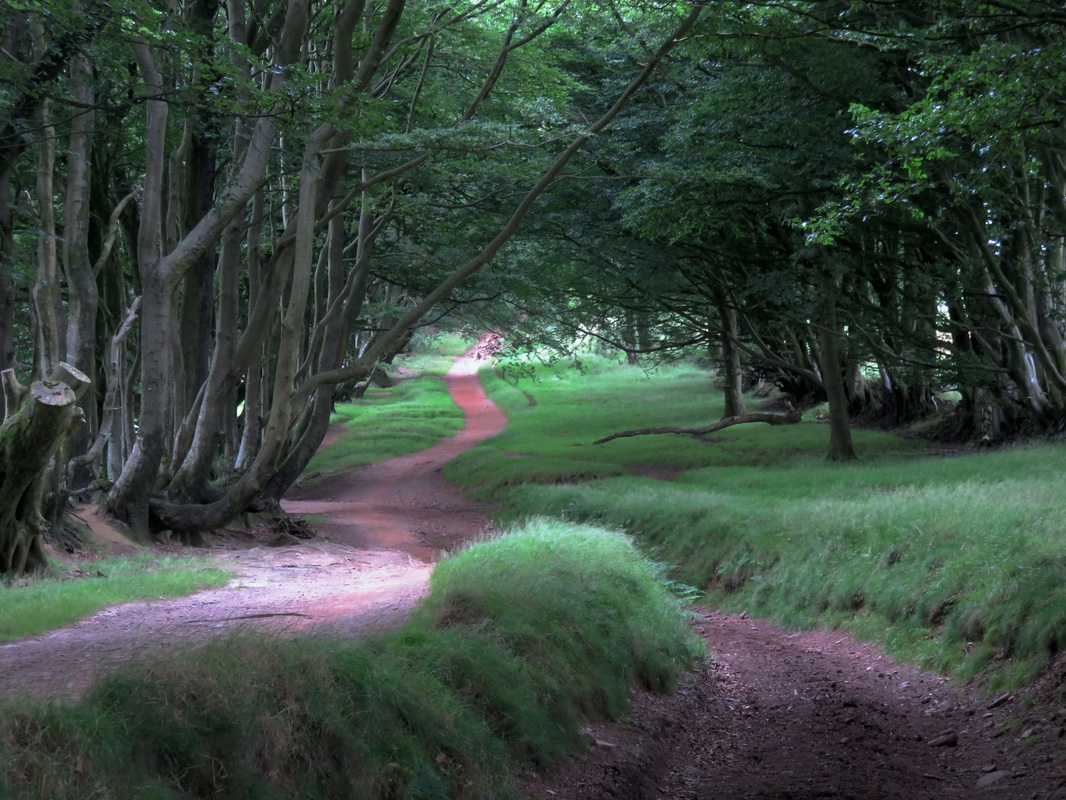
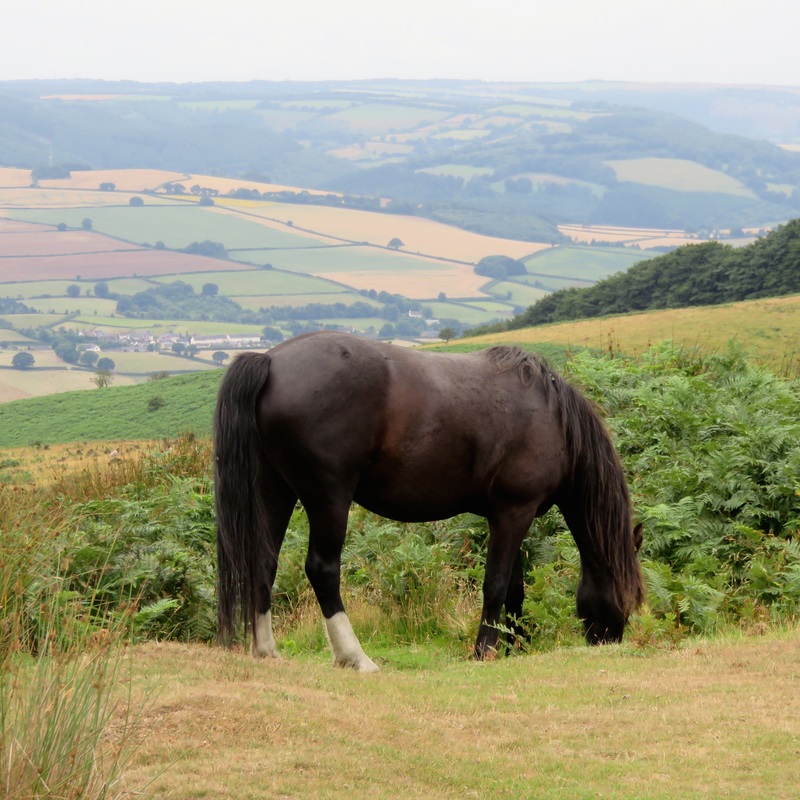
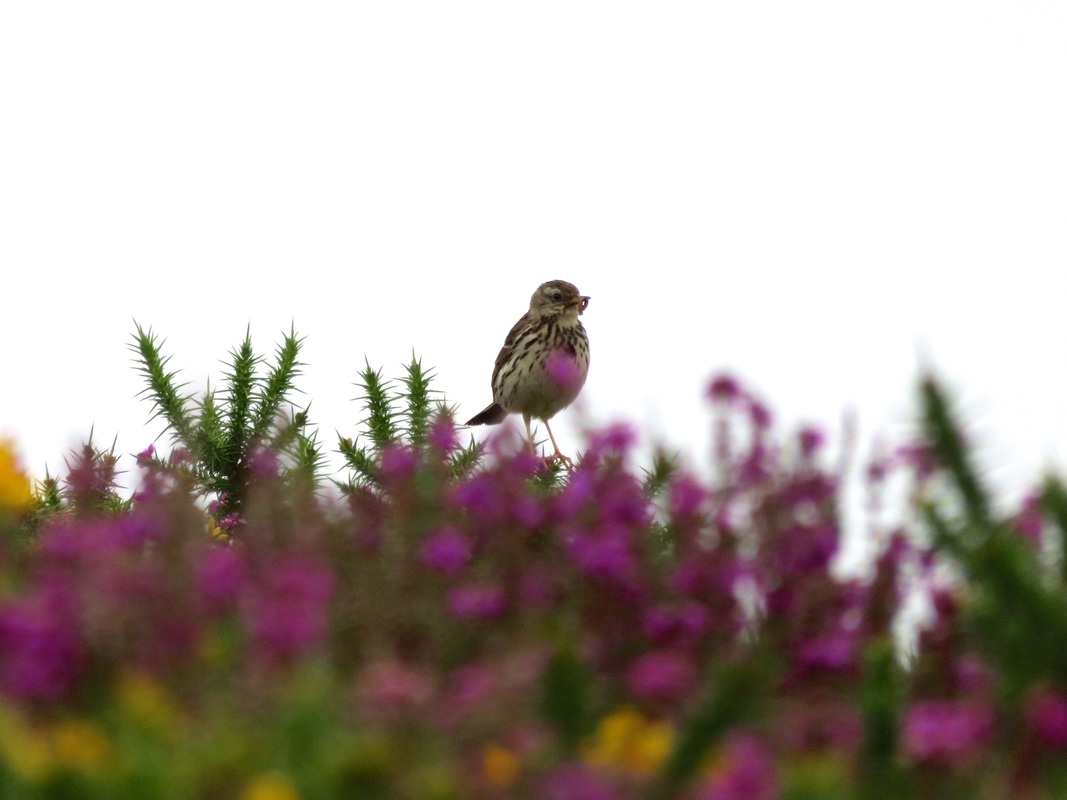
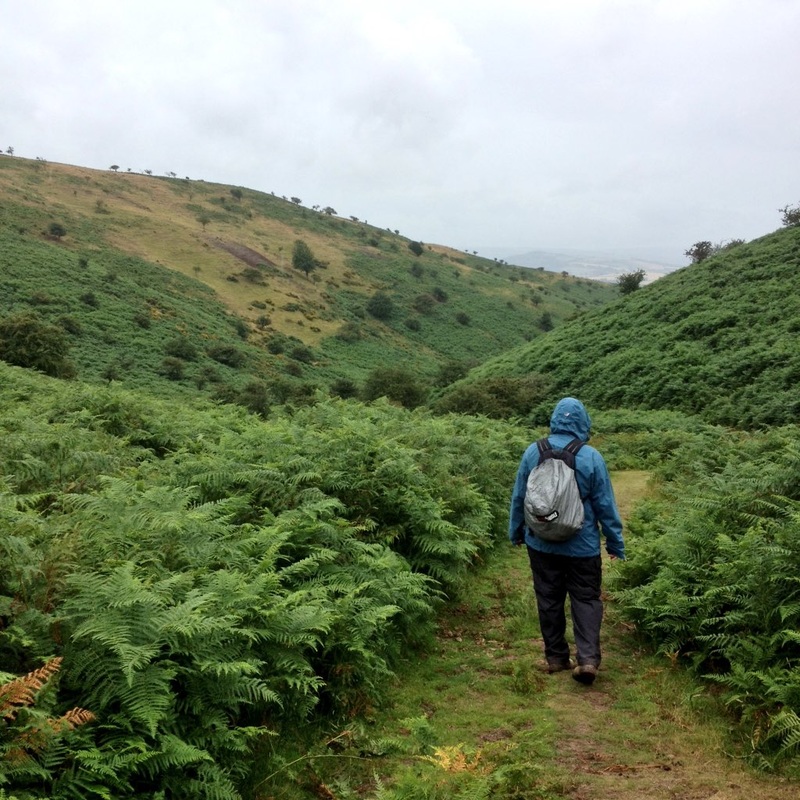
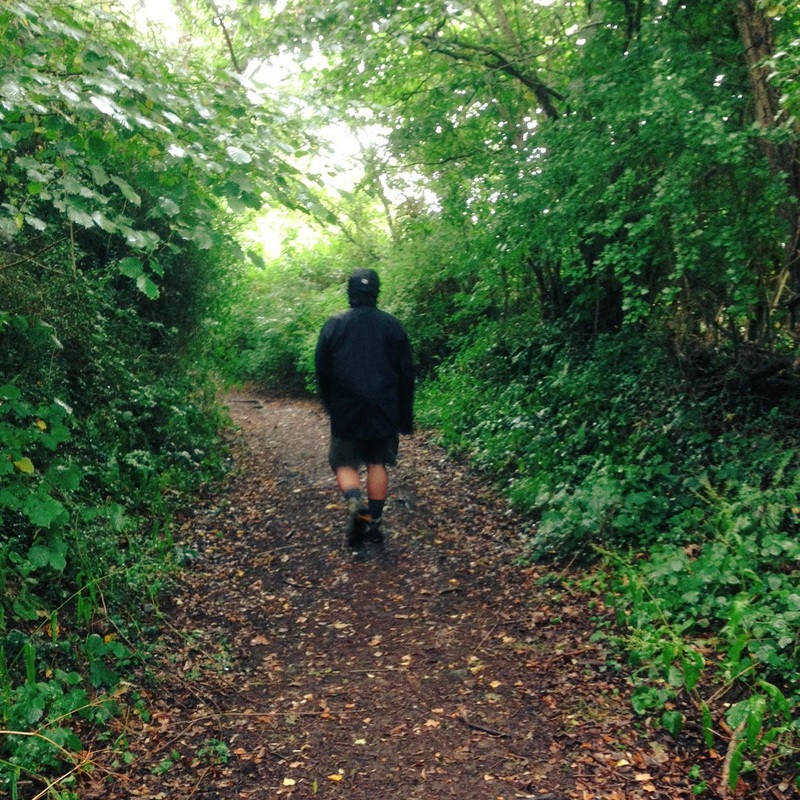
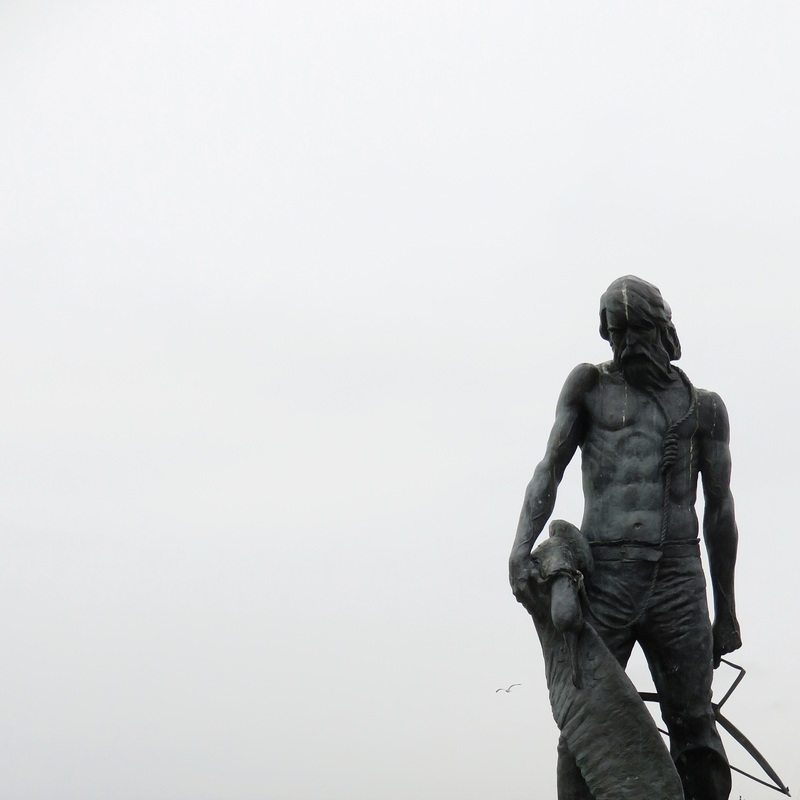
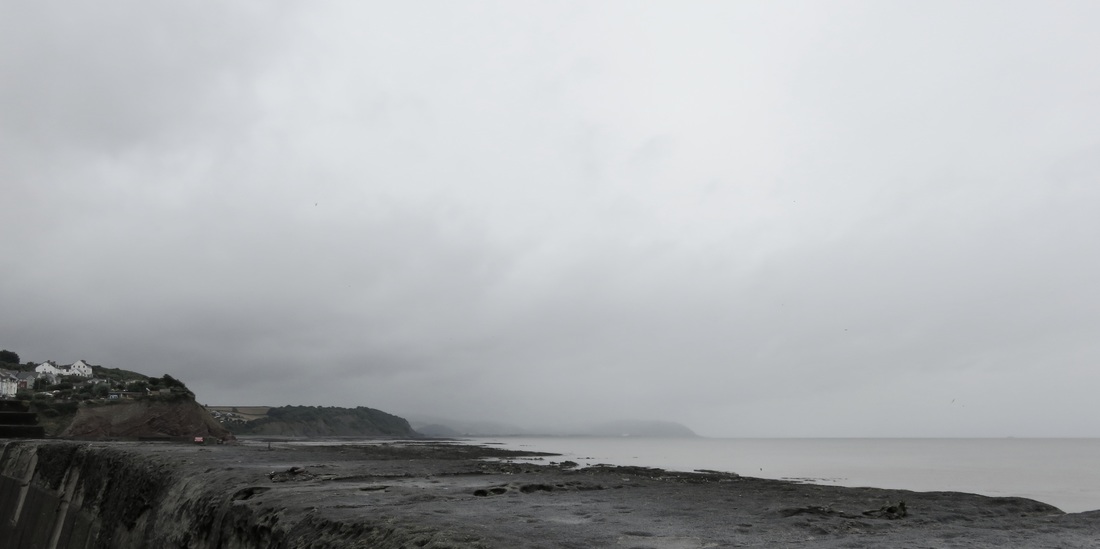
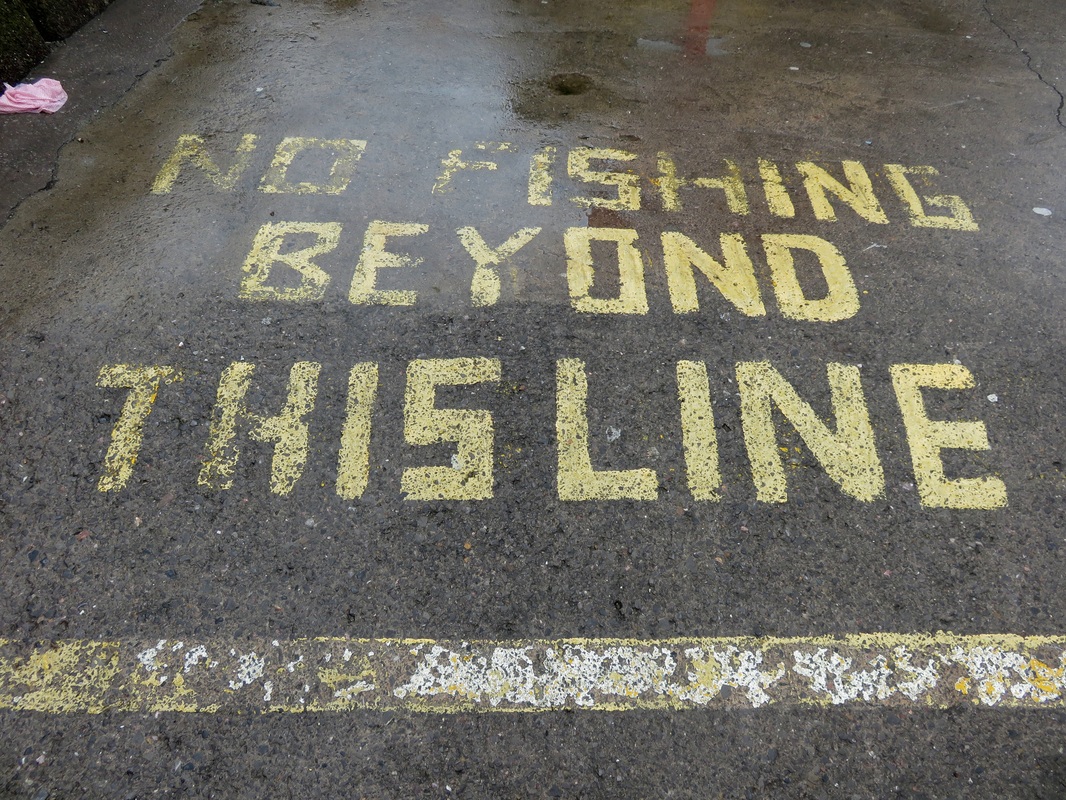
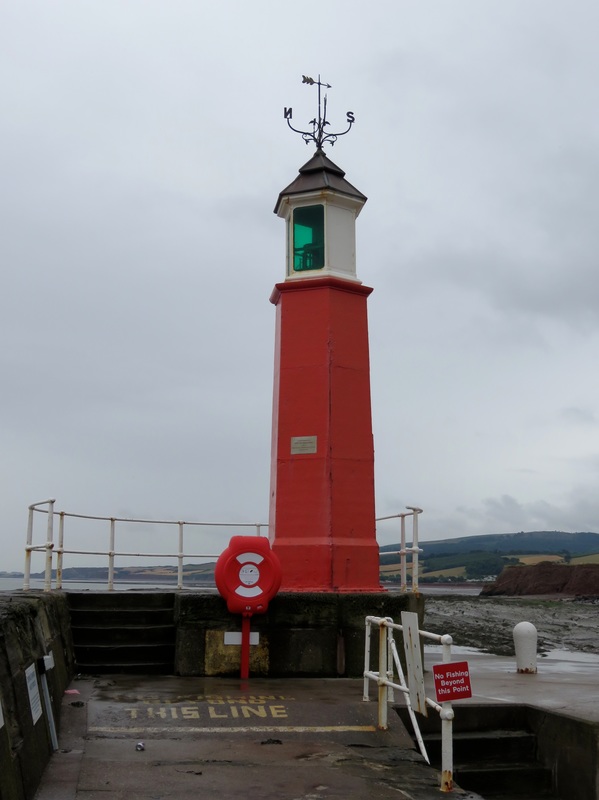
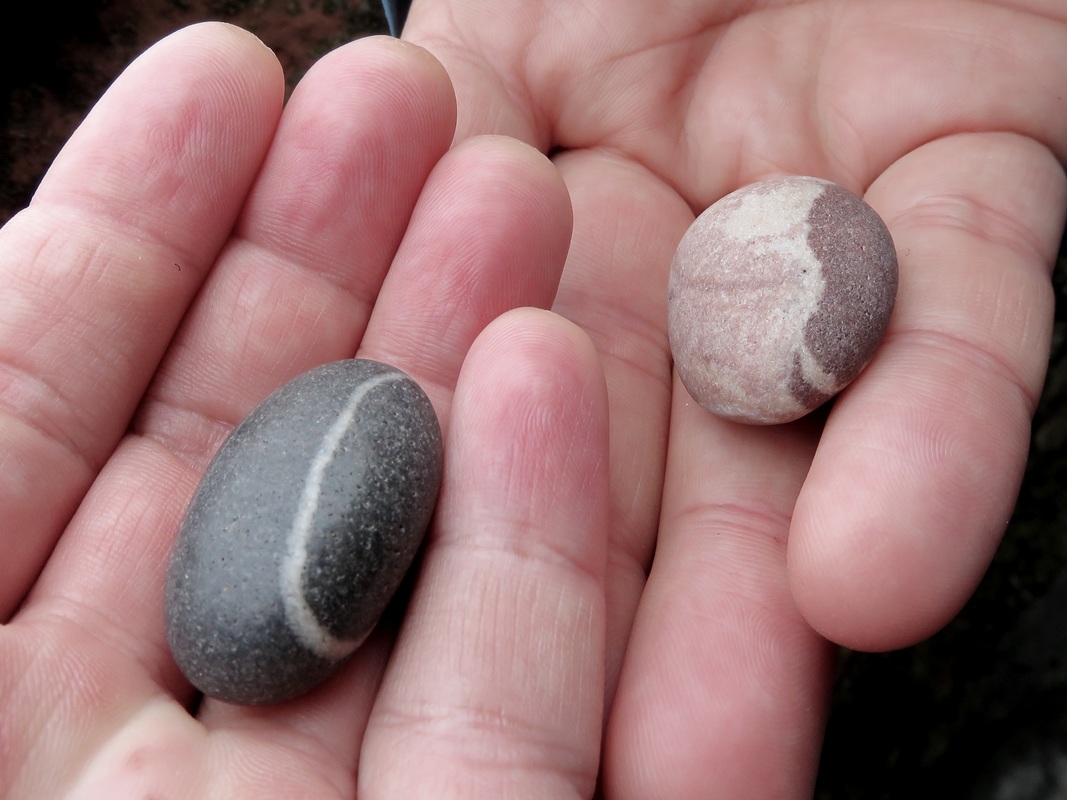
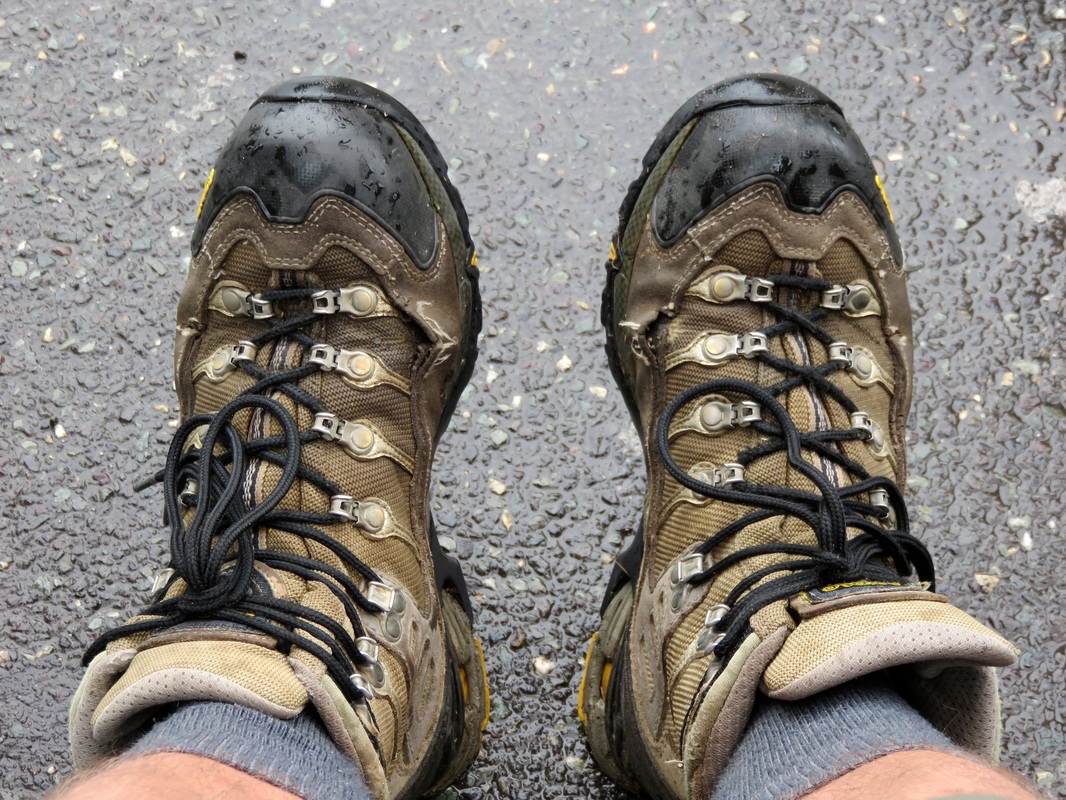
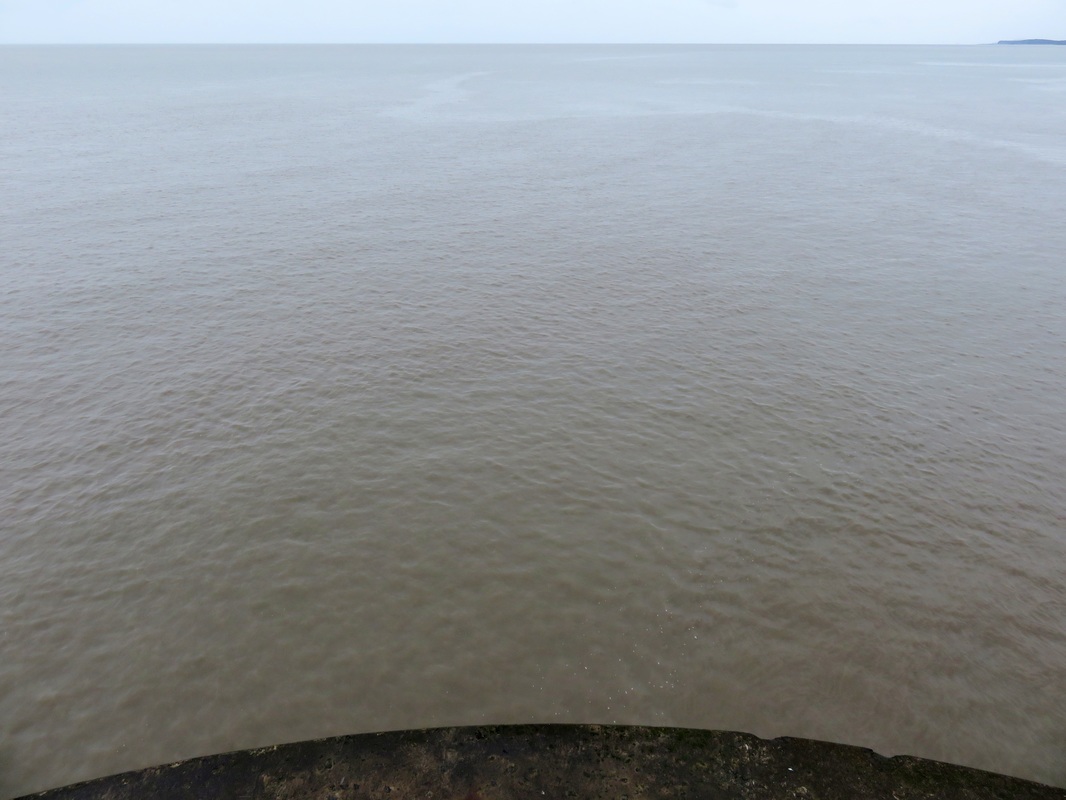
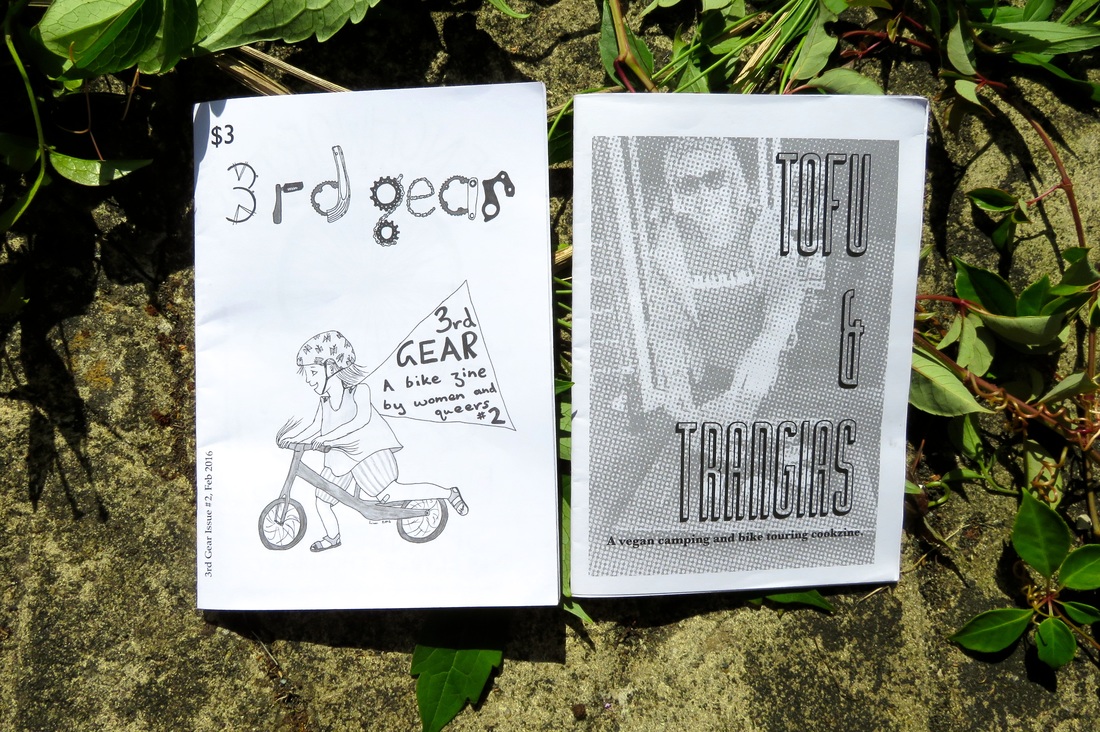
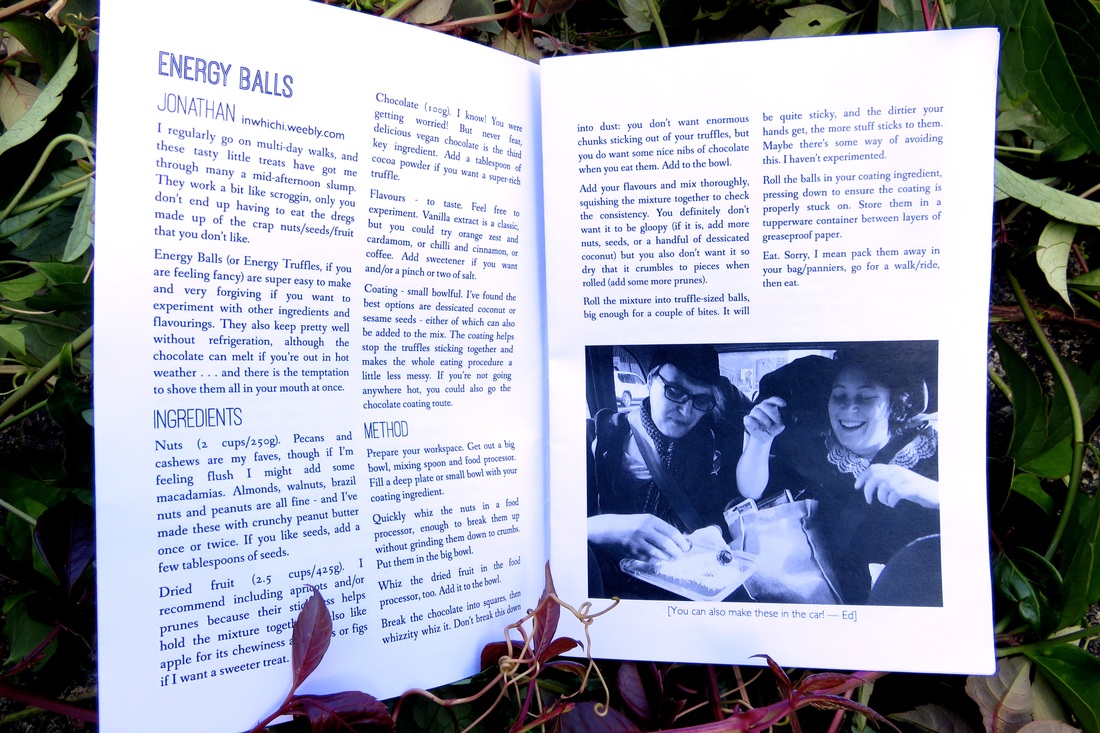
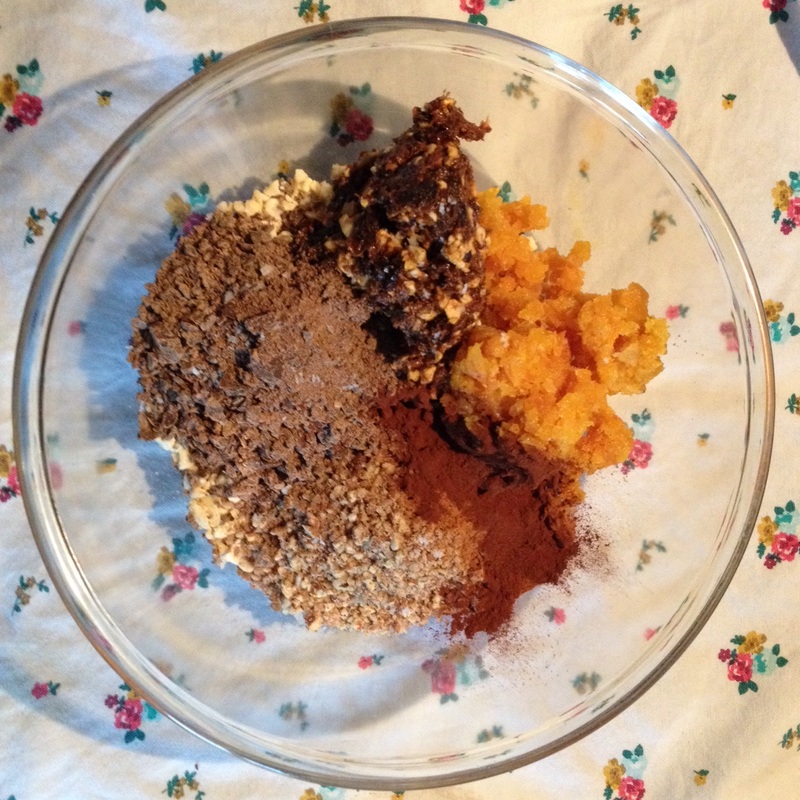

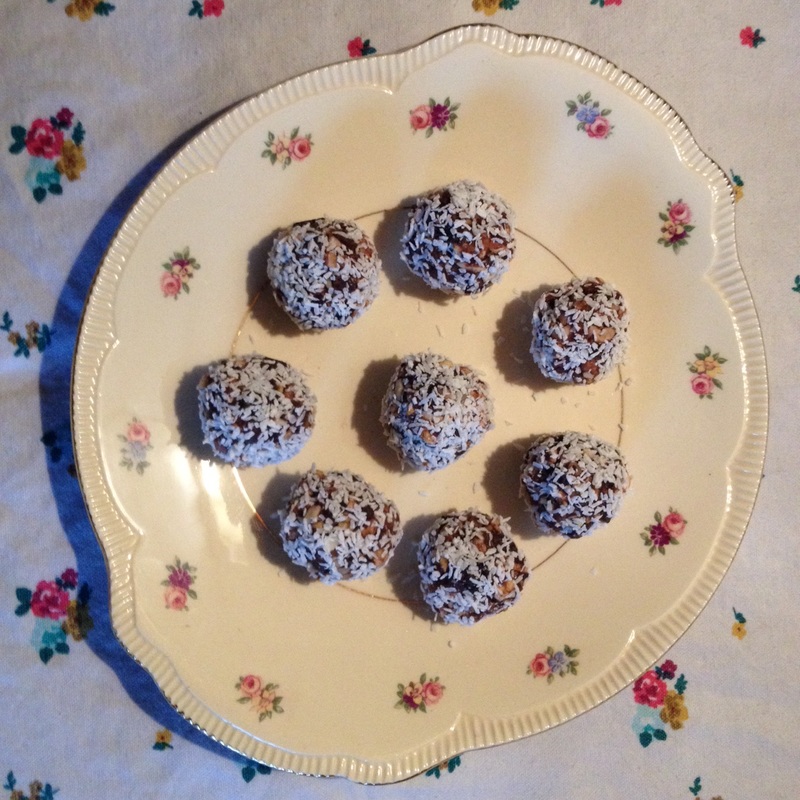
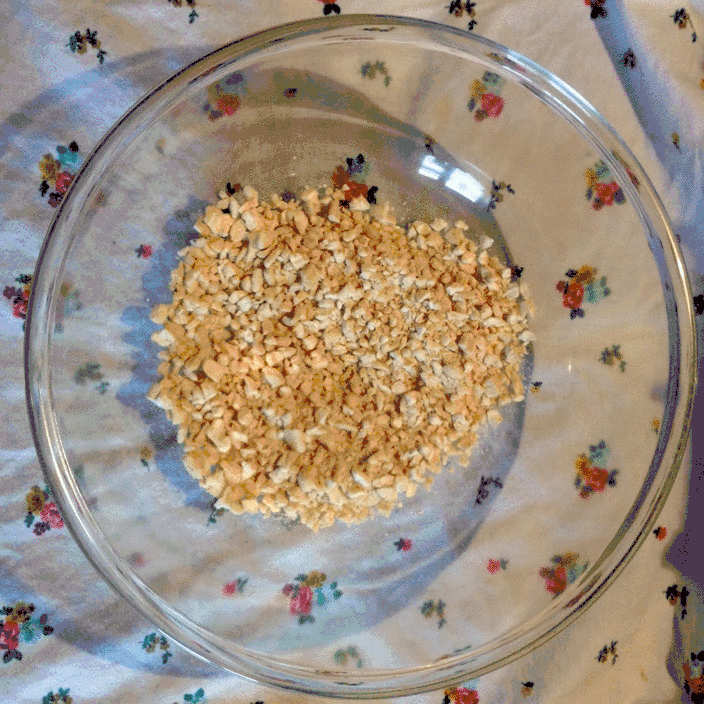
 RSS Feed
RSS Feed
